24 Stadiums Built Over Ancient Ruins and Historic Landmarks
Stadiums are often seen as the beating hearts of modern cities—echoing with cheers, adrenaline, and national pride. But beyond their bright lights and roaring crowds, some of these colossal structures are built on foundations far older and far more mysterious. We’ve expanded our list to 24 stadiums that do more than just host sports—they stand where history once thrived. From soccer arenas perched above Roman amphitheaters to colossal stadiums constructed over ancient temples, battlefields, and forgotten cities, these venues blur the line between the past and present. Whether by design or coincidence, these sites tell layered stories—where athletes now chase glory on grounds that once bore witness to empires, rituals, and revolutions. These 24 stadiums aren’t just places of play—they’re monuments to how civilization evolves, reminding us that even in our most modern expressions of culture, the past is never too far beneath our feet.
1. Stadio Olimpico – Rome, Italy
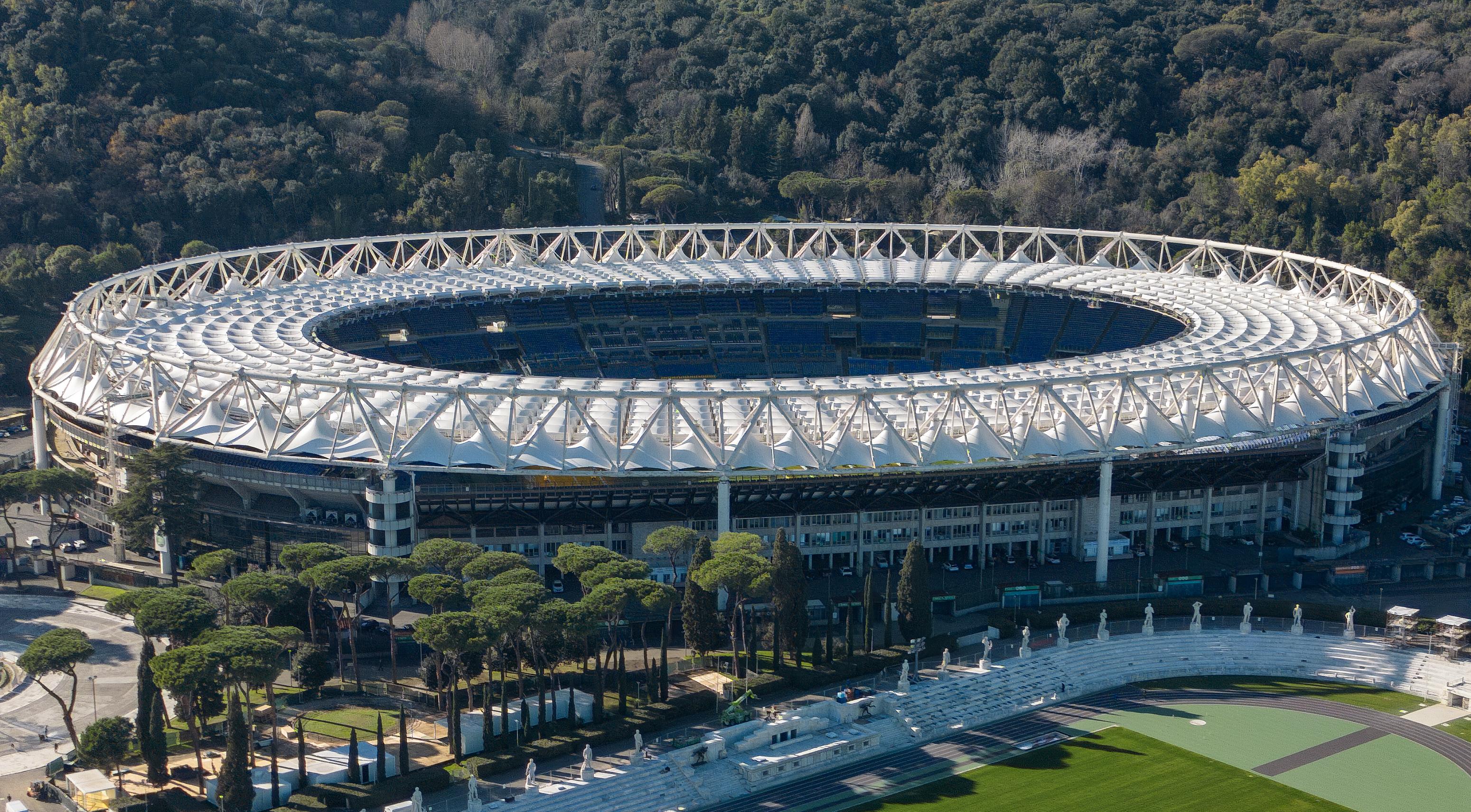
Rome’s Stadio Olimpico, home to Italian football giants AS Roma and Lazio, has a storied past—literally beneath its surface. The stadium, originally opened in 1937 and renovated for the 1960 Olympics, stands over what was once the Gardens of Nero, an ancient pleasure ground for the infamous emperor. Some areas also overlap with an ancient Roman necropolis, a burial ground dating back over 2,000 years. Archaeologists believe parts of the stadium complex rest atop forgotten graves and ruins from imperial Rome, making it a place where gladiatorial battles of the past meet the modern-day football wars between Roma and Lazio fans. Built Over: The Gardens of Nero & Roman Necropolis.
2. The Roman Theater of Cartagena – Cartagena, Spain
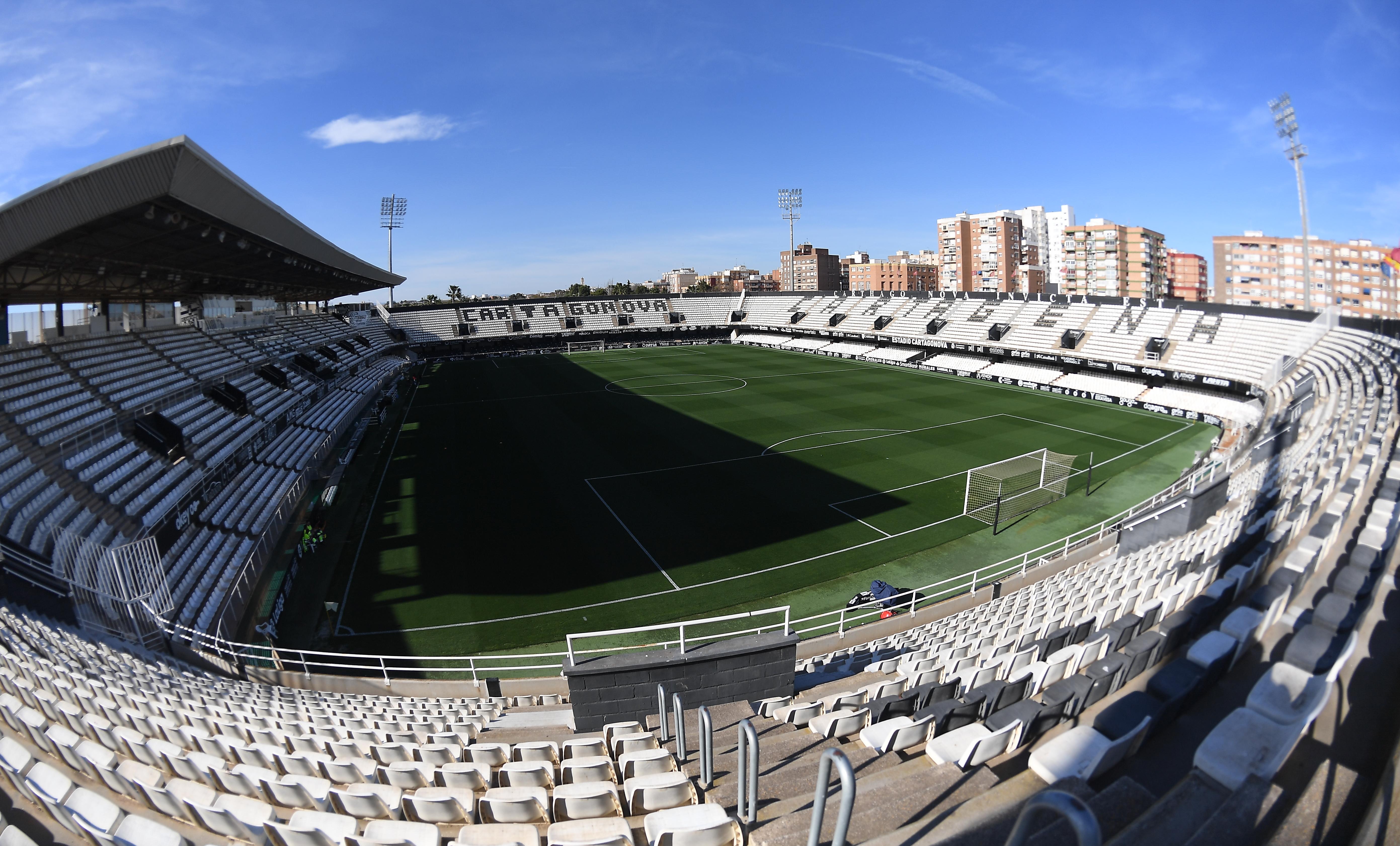
In one of the most astonishing rediscoveries of recent times, a Roman amphitheater dating back to 5 BC was found directly beneath the modern-day stadium of Cartagena FC in Spain. For decades, fans had unknowingly watched games from the stands of Estadio Cartagonova without realizing Roman spectators had once done the same—thousands of years earlier. During a renovation in the 1980s, workers unearthed parts of the ancient structure, revealing seating areas, columns, and mosaics from the era of Emperor Augustus. Though the stadium still stands today, part of the Roman amphitheater has been carefully excavated and turned into a museum. Built Over: A 1st-Century Roman Amphitheater.
3. Estadio Nacional – Lima, Peru
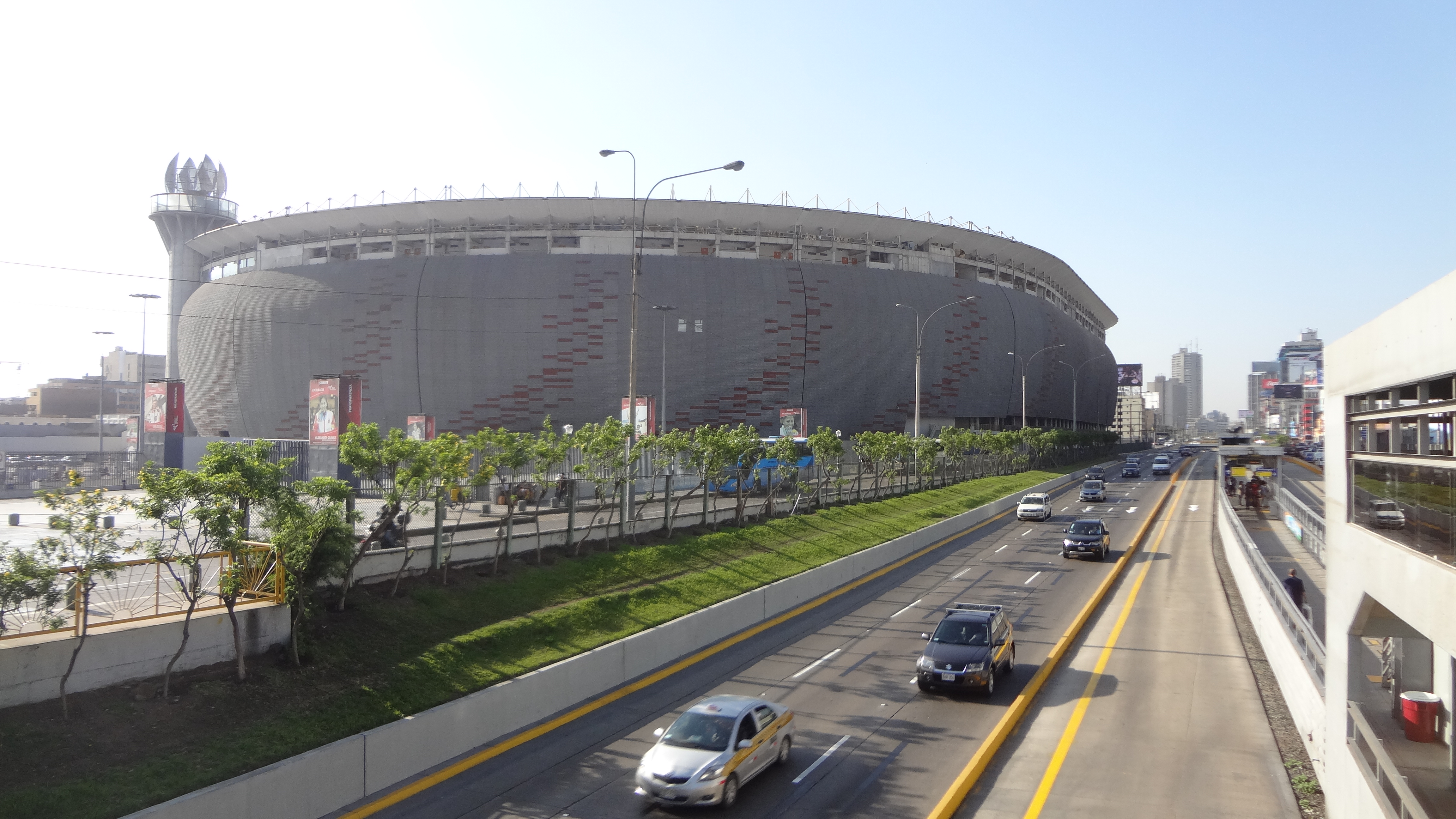
Lima’s Estadio Nacional, the most important football stadium in Peru, is unknowingly connected to its Incan heritage. Before Spanish colonization, this land was believed to house a sacred Incan ceremonial site, part of the Qhapaq Ñan (Great Inca Road) system. While excavation beneath the stadium has been limited, historians claim the area once contained sacred stones and Incan artifacts that were either destroyed or removed during Lima’s expansion. Today, fans may not realize they are watching the Peruvian national team play on top of what was once sacred ground for the Incas. Built Over: An Ancient Incan Site.
4. Puskás Aréna – Budapest, Hungary
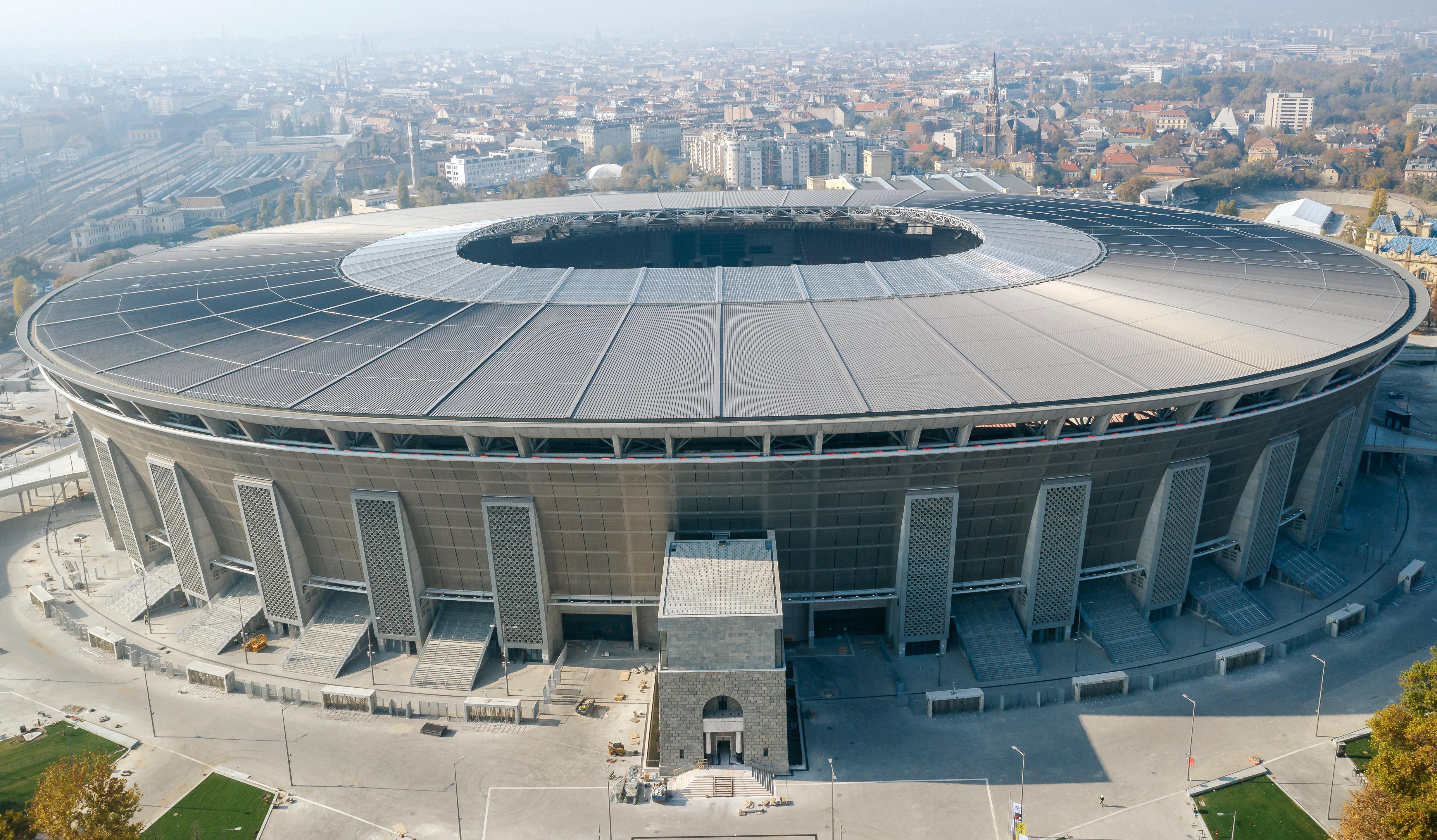
Hungary’s Puskás Aréna, named after legendary footballer Ferenc Puskás, was built on the site of the old Népstadion, but both stadiums stand atop 16th-century Ottoman military fortifications. The area was also once home to a medieval church from the 1300s, destroyed during Ottoman invasions. During construction, workers unearthed remnants of the old fortress walls, as well as artifacts from the Ottoman era, including weapons and pottery. Though the medieval structures are long gone, the stadium remains a living piece of Hungary’s rich and turbulent past. Built Over: Ottoman-Era Fortifications & a Medieval Church.
5. Arena da Amazônia – Manaus, Brazil
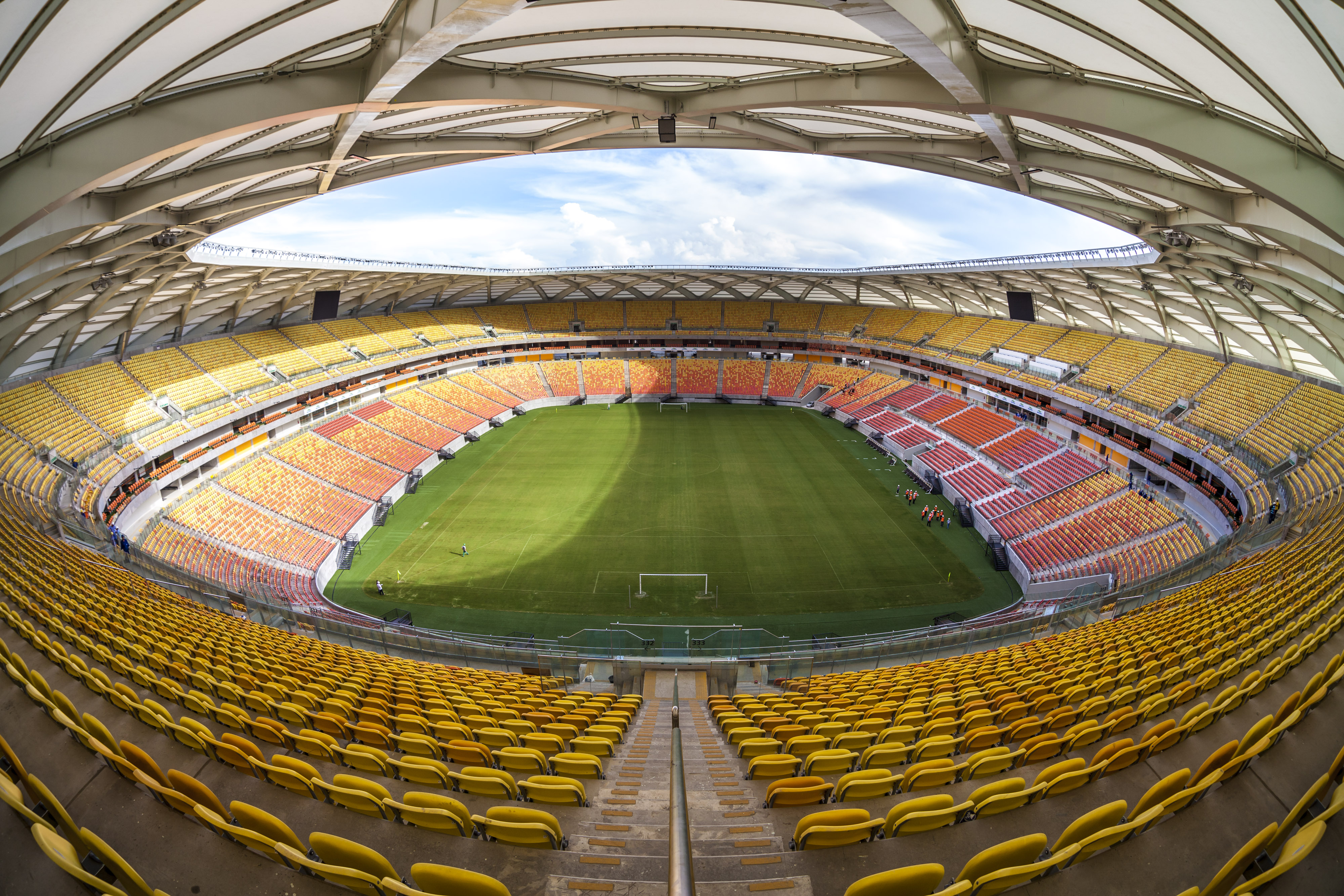
Deep in the Amazon Rainforest, Arena da Amazônia, built for the 2014 FIFA World Cup, was constructed over what archaeologists believe were pre-Columbian indigenous settlements. The Amazon was home to large, sophisticated civilizations before European contact, and traces of their earthworks, ceramics, and burial sites have been found near and beneath the stadium. The stadium’s construction drew controversy as some indigenous groups claimed it disturbed sacred land. Despite this, Arena da Amazônia remains a symbol of Brazil’s deep historical layers—where football and ancient cultures collide. Built Over: Pre-Columbian Settlements.
6. Stade Vélodrome – Marseille, France
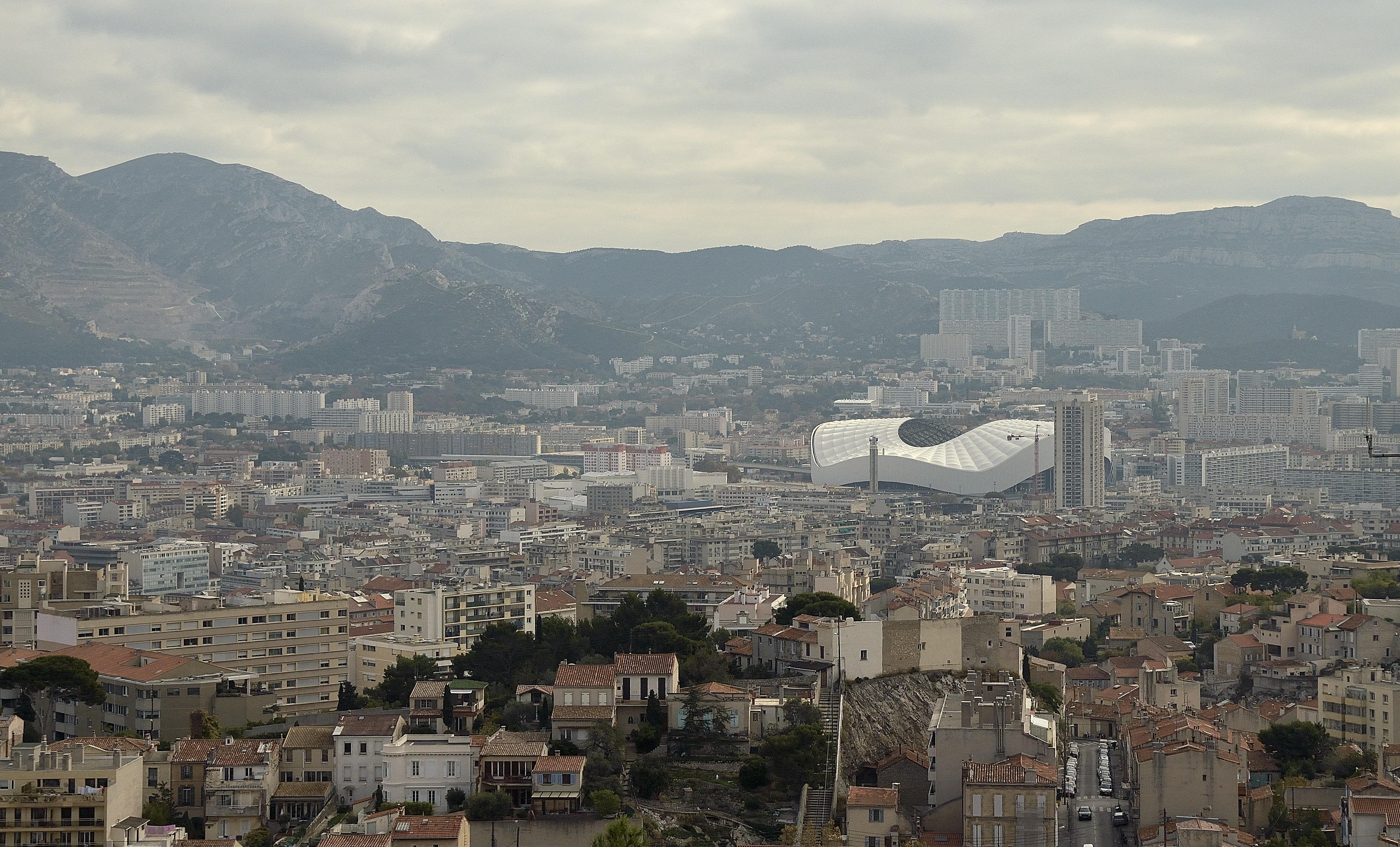
Marseille, one of the oldest cities in France, was originally a Greek colony called Massalia, founded in 600 BC. The Stade Vélodrome, home to Olympique de Marseille, was built on land that was once part of this ancient settlement. When workers expanded the stadium in 2014, they found Greek artifacts, old walls, and remnants of trade routes that connected Massalia to the Mediterranean world. Today, modern football fans cheer on their team from seats that may have once been walked upon by ancient Greek merchants and sailors. Built Over: An Ancient Greek Colony
7. Estadio Azteca – Mexico City, Mexico
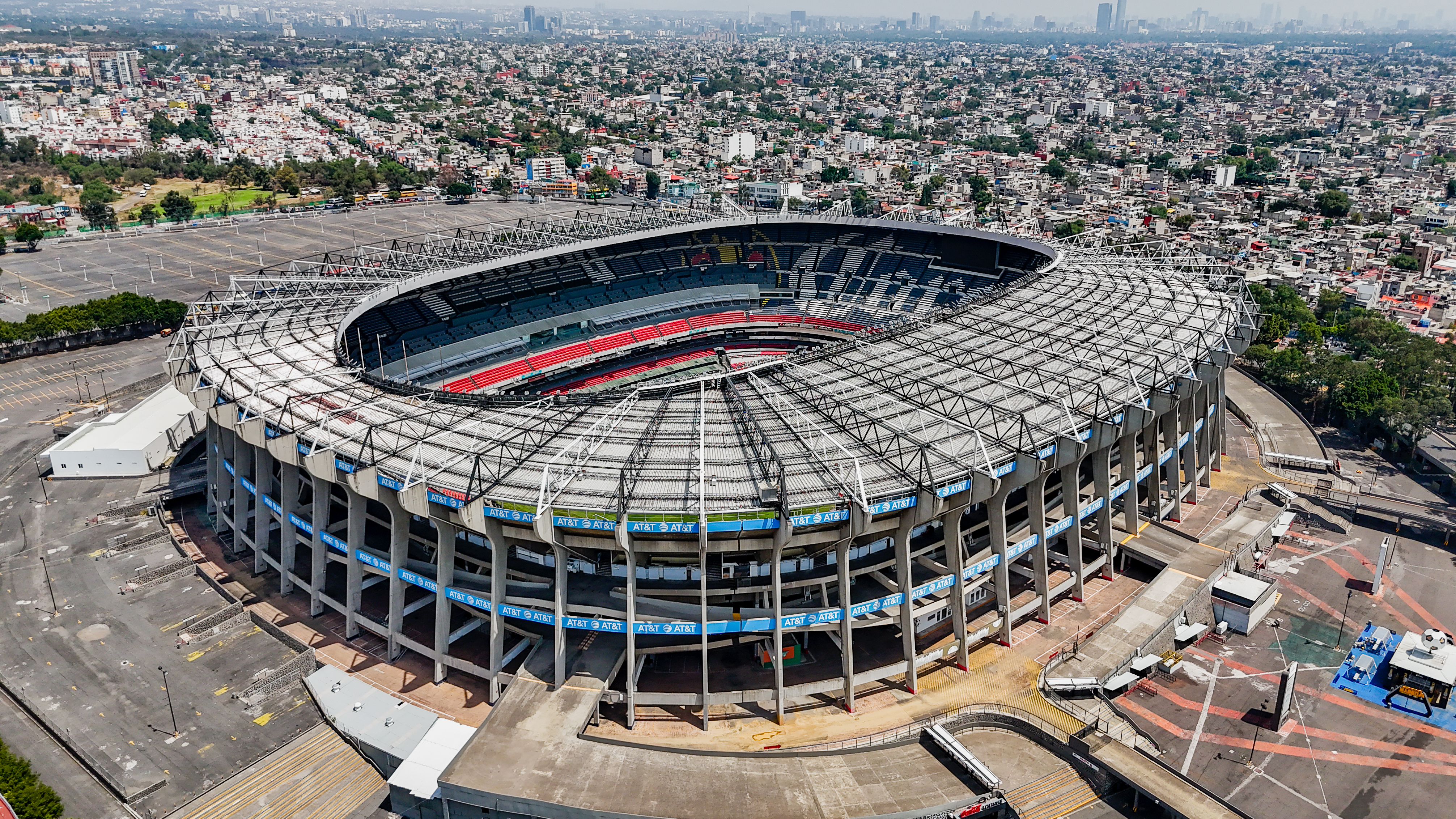
Estadio Azteca is not only one of the most iconic football stadiums in the world, but it also sits at the heart of a city layered with centuries of history. Though no direct evidence has been uncovered beneath the stadium, historians strongly suspect that it lies near an ancient Aztec tlachtli ballcourt—a playing field for Mesoamerican ball games that predate modern football by over a thousand years. Tlachtli was a deeply ritualistic sport played by Aztecs and earlier civilizations like the Maya and Olmecs. Unlike today’s football matches, which are purely for entertainment, tlachtli often carried high-stakes religious and political significance. Some evidence suggests that losing teams—or at least their captains—were sacrificed to the gods as part of ritual ceremonies. The stadium’s proximity to Tenochtitlán, the ancient Aztec capital, means it likely occupies ground that was once a hub of ceremonial and sporting activity. Built Over: An Ancient Aztec Ballcourt?
8. Olympiastadion – Berlin, Germany
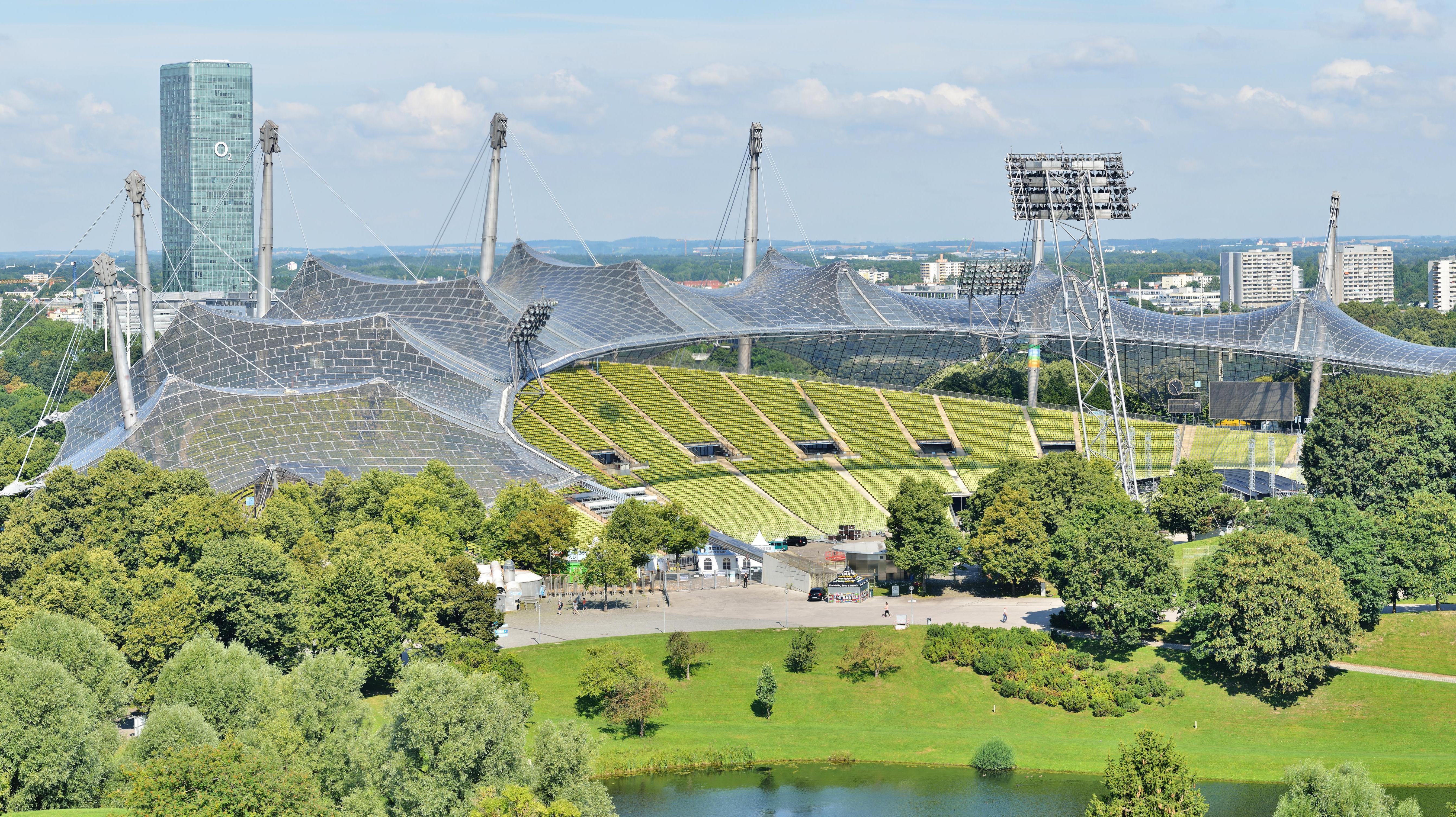
Berlin’s Olympiastadion, one of the most famous stadiums in Europe, carries a layered history of Prussian military training, Nazi propaganda, and World War II battle scars. Originally built for the controversial 1936 Summer Olympics, it was commissioned by Adolf Hitler as part of his vision for a new world capital. However, its location was already significant long before the Nazi era. After the fall of Nazi Germany, British forces occupied the stadium and used it as a military base until the 1990s. Over the years, parts of the stadium have been renovated, but its hidden underground network still holds remnants of its wartime past. Some of the bunkers remain off-limits to the public, but urban explorers and historians believe that sealed-off sections could contain forgotten artifacts, documents, or even hidden passageways. Today, Olympiastadion has transformed into a symbol of resilience and change, hosting everything from World Cup finals to major concerts. However, beneath its modern-day spectacle, the echoes of history remain—a silent reminder of the stadium’s complex and turbulent past. Built Over: A Prussian Military Site & WWII Bunkers.
9. National Stadium – Warsaw, Poland
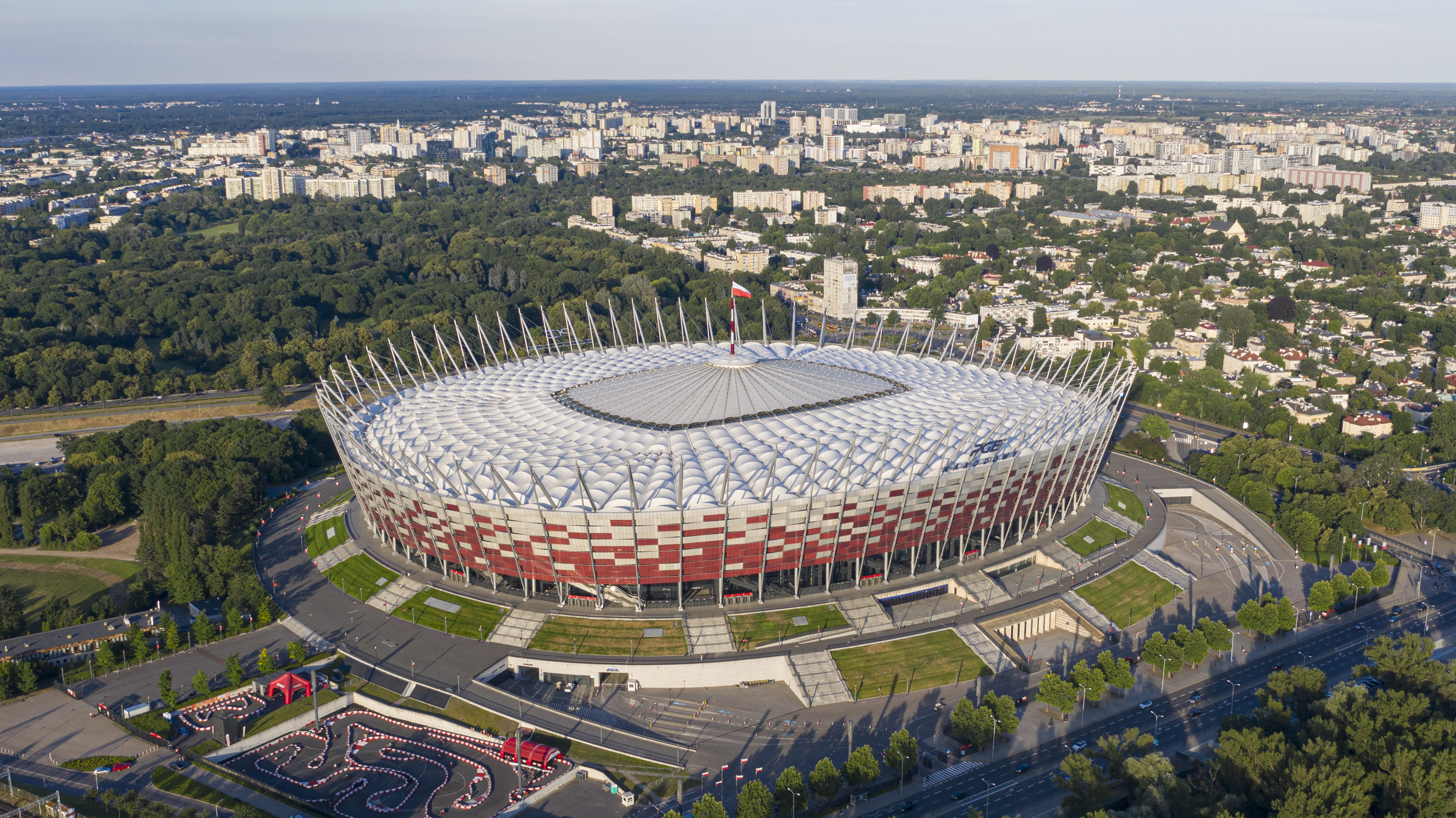
Warsaw’s National Stadium is more than just the home of Polish football; it is a structure built on the very soil where one of World War II’s most brutal battles unfolded—the Warsaw Uprising of 1944. During World War II, the area where the stadium now stands was a key battlefield where Polish resistance fighters battled Nazi forces. The Warsaw Uprising, one of the most significant revolts against German occupation, lasted for 63 days and saw the city reduced to rubble. The land surrounding the Vistula River—where the stadium now stands—was a strategic hotspot for Nazi forces, as it served as an escape route and transport hub. Before the modern National Stadium was constructed, the site was home to the Stadion Dziesięciolecia (10th-Anniversary Stadium), which was ironically built using rubble and debris from buildings destroyed in World War II. Though it once held 70,000 spectators, it was eventually abandoned and replaced by the current stadium in 2012 for the UEFA European Championship. Even during its construction, workers unearthed wartime artifacts, including military helmets, bullets, and remains of trenches. The stadium today stands as a modern sporting hub, but beneath it lies a battlefield frozen in time, where thousands fought and died for Poland’s independence. Built Over: WWII Battlefields & the Ruins of an Old Stadium.
10. Celtic Park – Glasgow, Scotland
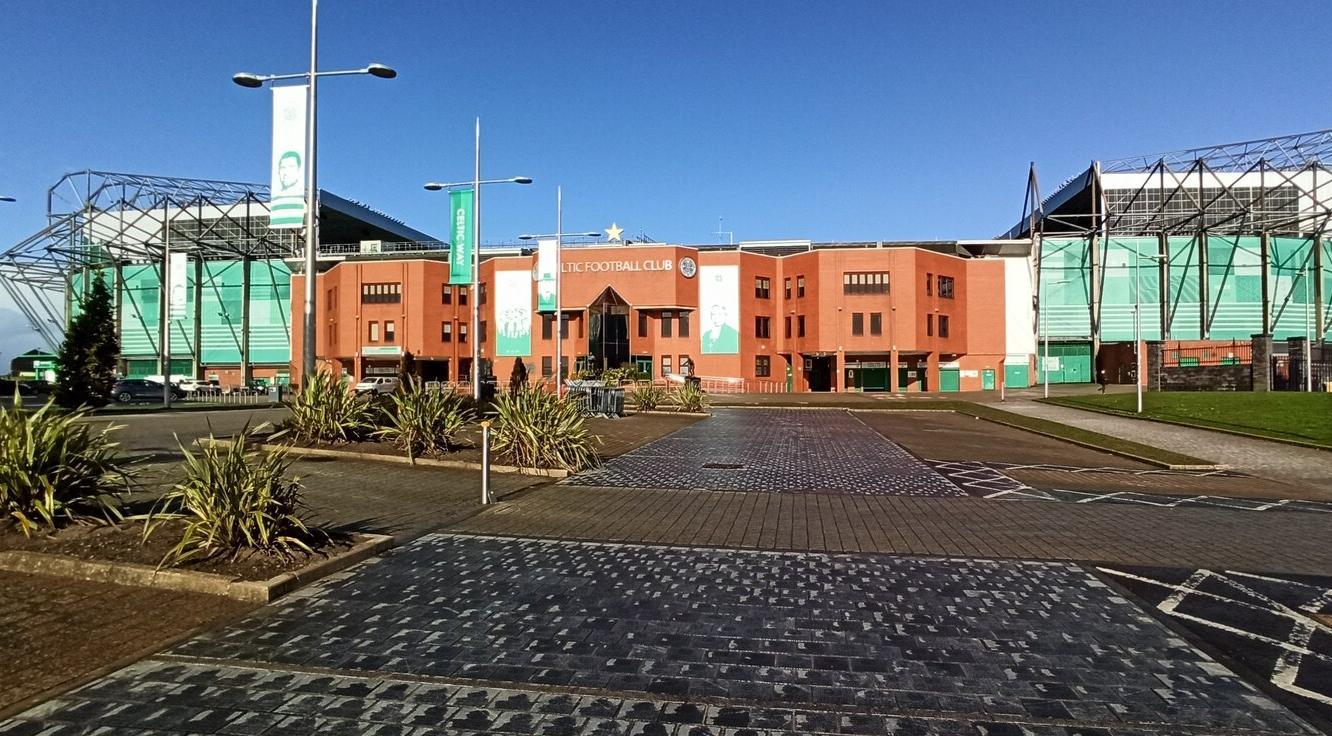
Glasgow’s Celtic Park, home to Celtic FC, has a history that predates football by centuries. The land on which the stadium stands was once part of a 14th-century medieval Scottish settlement, with archaeologists uncovering traces of ancient roads, pottery, and foundations of old stone houses beneath the field. Medieval Glasgow was a hub of trade and religious activity, and the area surrounding Celtic Park was home to small communities of craftsmen, traders, and farmers. Some historical records suggest that local tournaments and contests—including archery competitions and early ball games—may have taken place in the same location where modern football rivalries now play out. Today, thousands of passionate Celtic fans chant and sing in the stands, but beneath their feet lies a forgotten history of medieval Scotland, where people once lived, worked, and played in a very different world. Built Over: A 14th-Century Medieval Settlement.
11. San Mamés – Bilbao, Spain
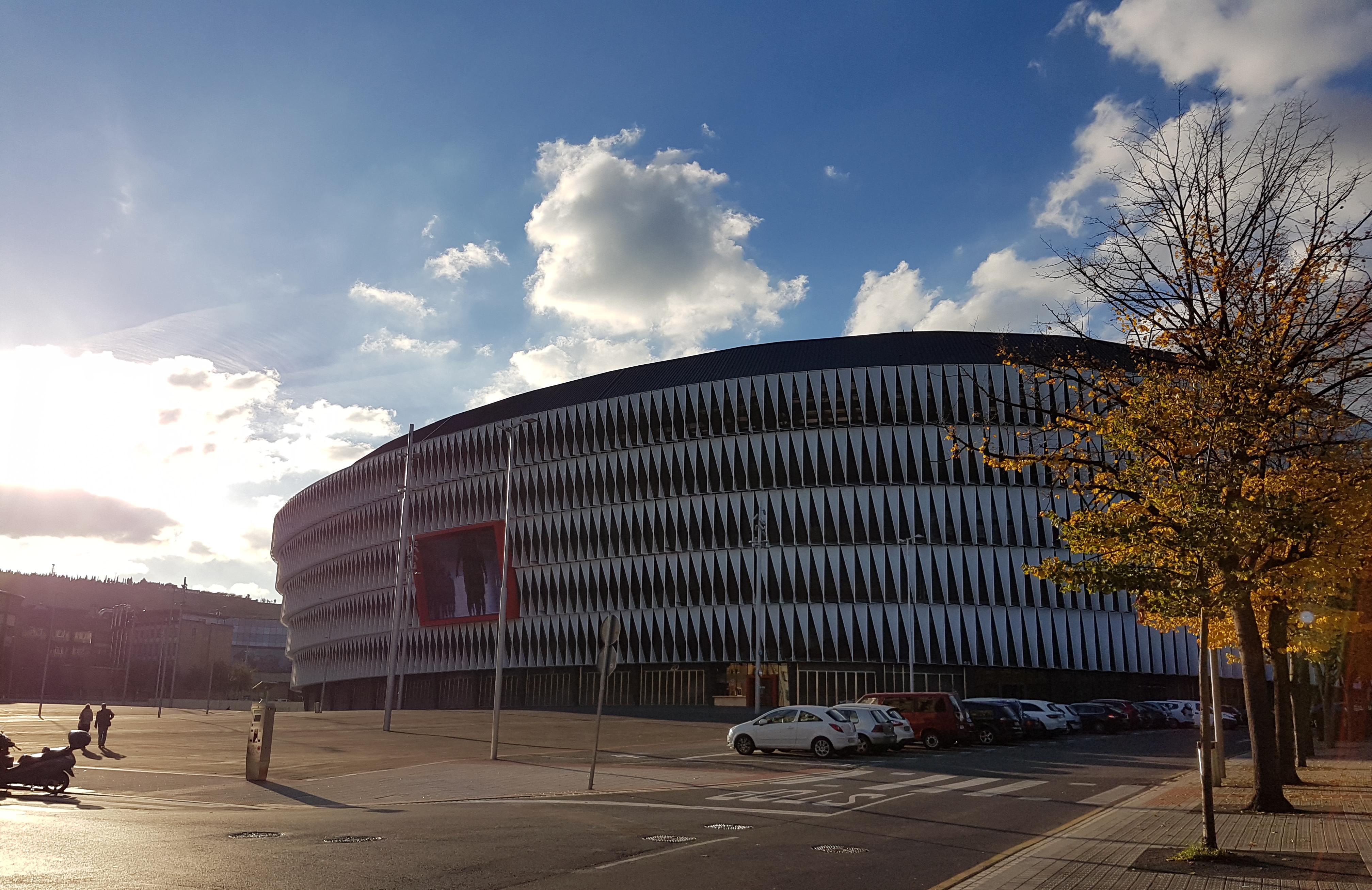
Before Athletic Bilbao’s famous San Mamés Stadium was built, the site was home to a 12th-century church dedicated to Saint Mammes, a Christian martyr. Saint Mammes was revered in medieval Spain, particularly among Basque communities, and his name was carried over when the football stadium was established in 1913. Though the original church was demolished long ago, some archaeological remnants of its foundation were discovered when the stadium was expanded in 2013. Nicknamed "The Cathedral", San Mamés still carries religious and cultural symbolism from its ancient past. Some Athletic Bilbao fans even view their home ground as a place of football worship, where team loyalty is almost as sacred as faith itself. Today, San Mamés stands as a modern coliseum, but beneath it lies centuries of history, where religion and sport have found an unlikely coexistence. Built Over: A 12th-Century Church.
12. Otkritie Bank Arena – Moscow, Russia
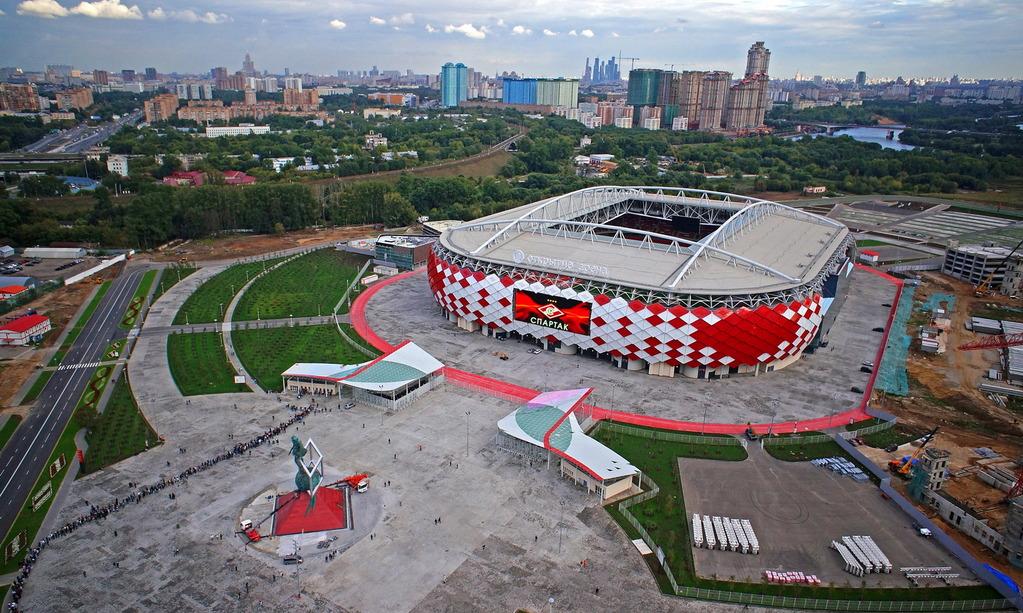
The Otkritie Bank Arena, home to Spartak Moscow, stands as a symbol of Russia’s football legacy, yet the land it occupies holds a much older story. During its construction, archaeologists discovered remnants of a 17th-century Russian village, offering a glimpse into the lives of those who lived there long before the roar of football fans filled the air. The village was believed to be a trading settlement, where merchants and farmers thrived along the outskirts of what would become modern Moscow. Excavations revealed old foundations, pottery shards, and tools—evidence of a once-bustling community that disappeared over time. Interestingly, historical maps show that this region was once an important travel route, linking rural settlements to the heart of Tsarist Moscow. The very spot where thousands now gather to cheer on Spartak Moscow was once a place where horse-drawn carts, market stalls, and wooden homes stood. Though the original village may be long gone, its spirit endures beneath the stadium, reminding us that Moscow’s history is built in layers, where the past and present are always connected. Built Over: A 17th-Century Russian Village.
13. Busch Stadium – St. Louis, USA
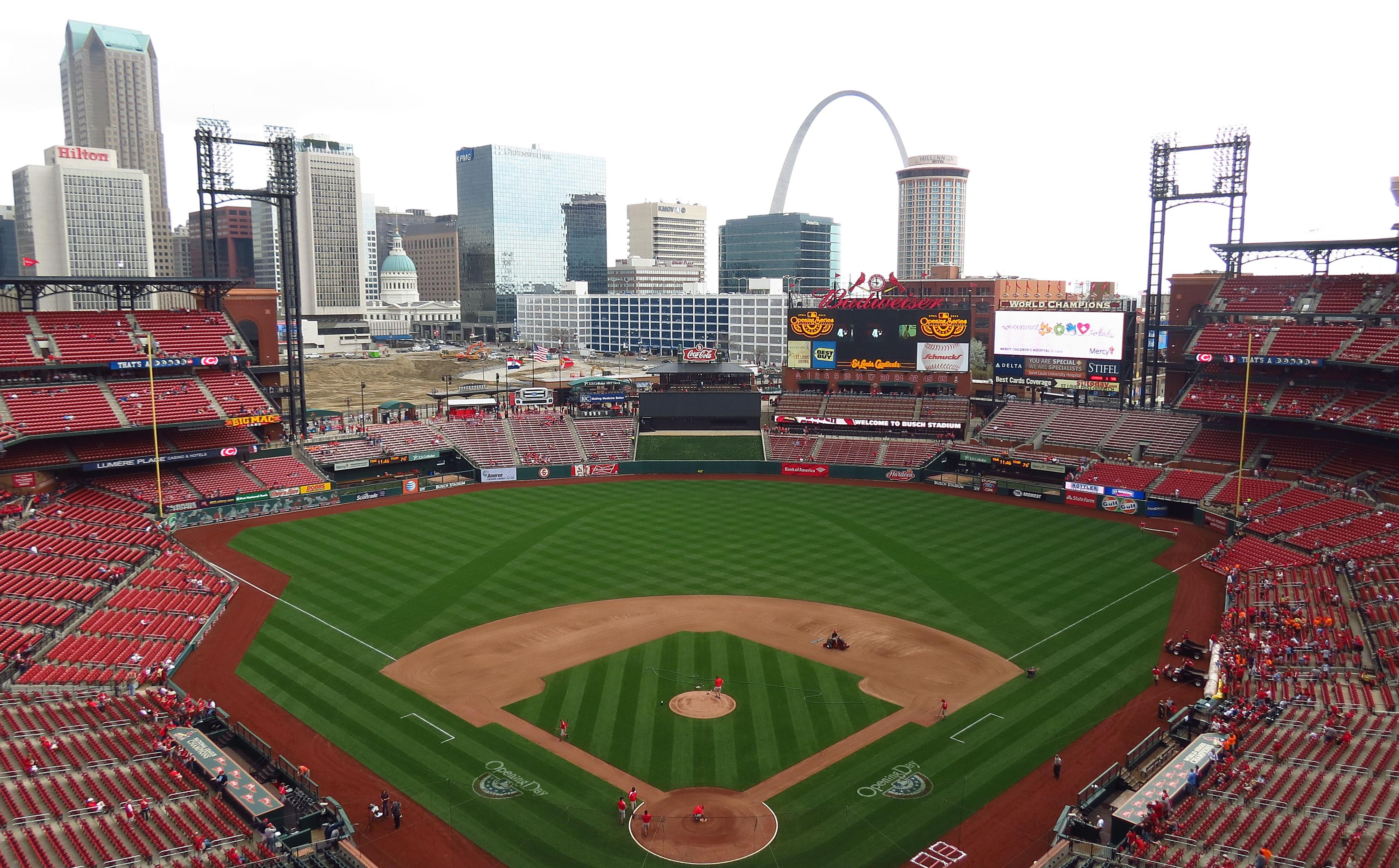
Busch Stadium, home to the St. Louis Cardinals, is a legendary baseball venue, but the land it occupies was once part of something far older than baseball itself—a prehistoric Native American city known as Cahokia. Cahokia was a thriving metropolis of mound-building Mississippian culture, home to tens of thousands of people between 600–1400 AD. At its peak, it was the largest city in North America, with a population rivaling that of London at the time. The area around present-day St. Louis was part of Cahokia’s satellite villages, where Native American communities lived, farmed, and traded. When modern St. Louis was built, many of Cahokia’s sacred mounds and village sites were destroyed, including those near the current location of Busch Stadium. Though no visible remains exist today, underground surveys suggest that buried relics, pottery, and tools may still lie beneath the city’s foundations. For many Native American tribes, this land remains spiritually significant, and some descendant communities still honor the ancient Cahokians' legacy. While fans flock to Busch Stadium to witness modern sports history, the echoes of an ancient civilization remain hidden just beneath the surface. Built Over: A Native American Settlement.
14. Anfield – Liverpool, England
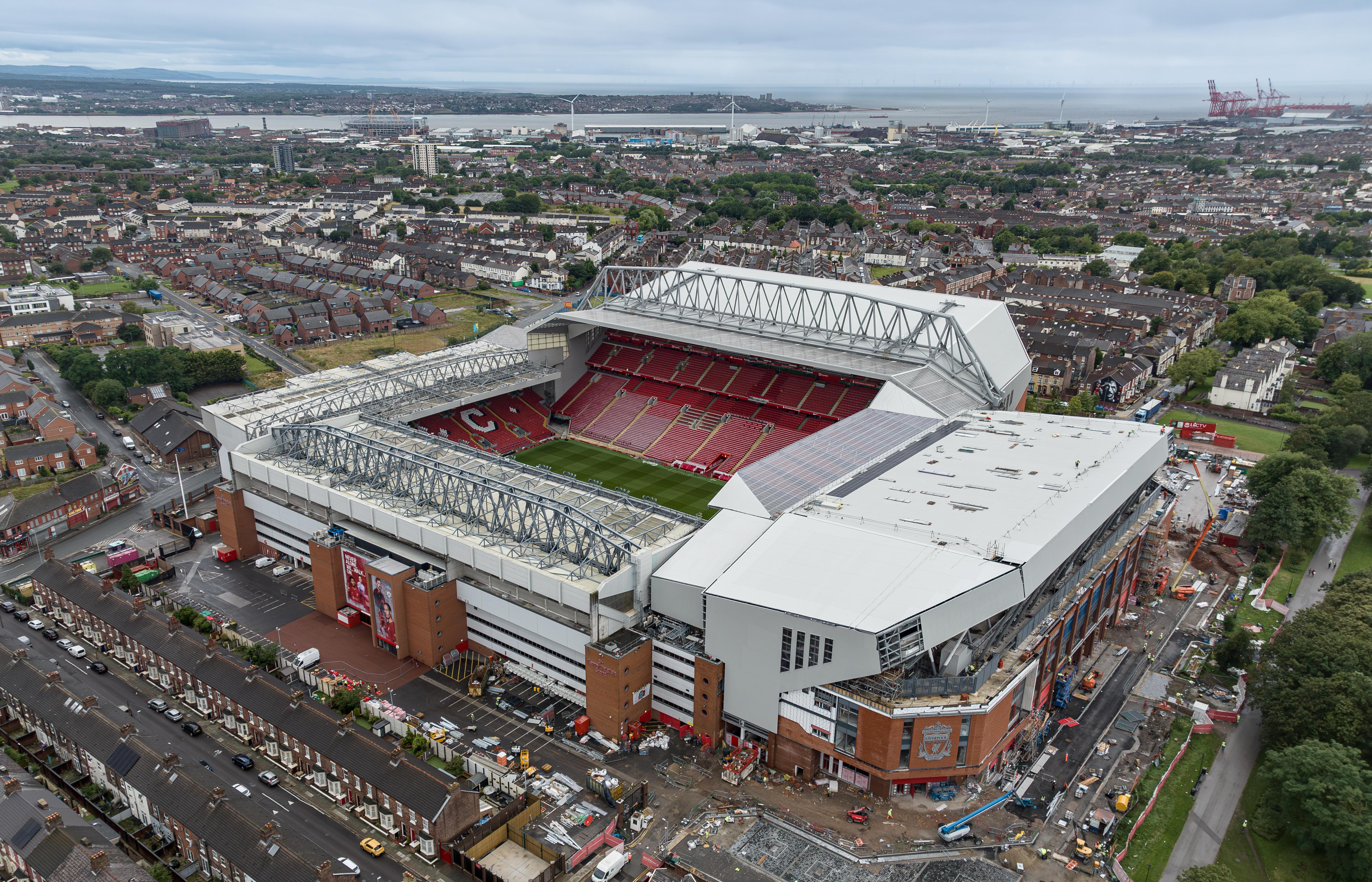
Liverpool’s Anfield Stadium is one of the most revered football grounds in the world, where generations of passionate fans have supported their beloved team. Yet, beneath the pitch where Liverpool FC battles for glory, history suggests that something far more solemn lies below—a burial ground dating back to the 1800s. The land surrounding Anfield was once part of a Victorian-era cemetery, where some of Liverpool’s earliest settlers were laid to rest. Though the exact locations of the graves remain uncertain, historical records indicate that parts of Anfield’s construction may have disturbed burial sites, with early workers reportedly encountering human remains during excavation. This hidden past adds a chilling layer to the mystique of Anfield, where fans have long spoken of the “ghostly” energy of the stadium, particularly during intense European nights. Some even believe that the spirits of Liverpool’s past residents still linger, watching over the club they never got to see reach its legendary status. Whether or not the burial ground remains untouched, one thing is certain—Anfield is a place where history, passion, and football collide, creating an atmosphere unlike any other in the world. Built Over: A 19th-Century Burial Ground.
15. Estádio do Dragão – Porto, Portugal
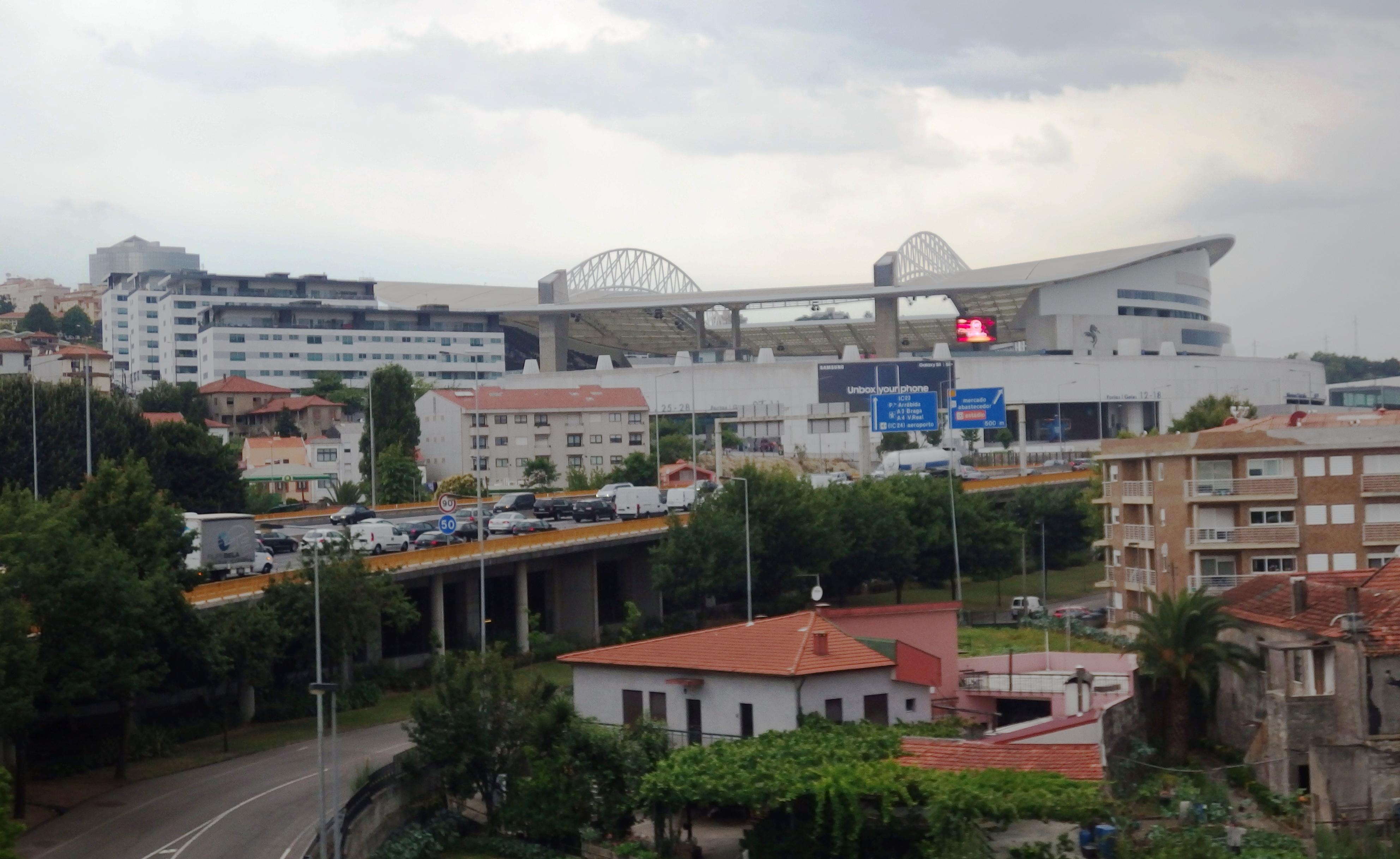
Estádio do Dragão, home to FC Porto and one of the most iconic stadiums in Portugal, represents cutting-edge design and modern European football culture. But beneath its sleek exterior lies a far older story—one that dates back to the Roman Empire. During the early 2000s, as construction crews began breaking ground for the new stadium, archaeologists made a series of discoveries that shed light on Porto’s ancient past. They uncovered Roman ceramics, amphorae used for transporting wine and olive oil, and coins bearing the faces of emperors long gone. These artifacts confirmed that the area was part of a Roman trade corridor, likely a rest stop or minor hub connecting larger cities across Lusitania, the Roman province that once covered much of modern-day Portugal. The finds suggest this land saw centuries of continuous human activity, trade, and cultural exchange. While today’s fans come to cheer Porto’s blue and white, they do so atop a site that once thrummed with the movement of Roman goods, travelers, and perhaps even soldiers. Built Over: Roman-era trade routes and settlements.
16. Stadion Miejski – Wrocław, Poland
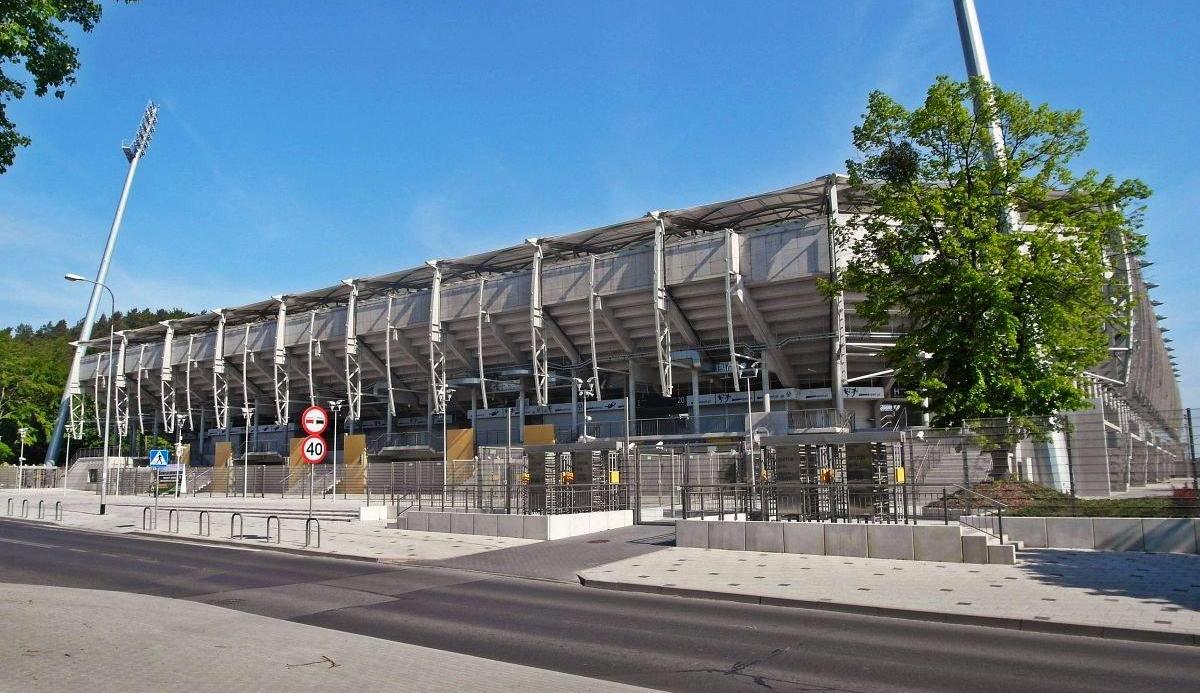
Wrocław’s Stadion Miejski, built in anticipation of UEFA Euro 2012, brought not only a state-of-the-art sports complex to western Poland but also a fascinating glimpse into the region’s tribal past. During the early stages of its construction, excavation teams discovered layers of archaeological remains revealing the presence of early Slavic tribes dating back over a millennium. The stadium site, located near the Oder River, once hosted wooden longhouses, fire pits, and burial mounds used by these pre-Polish communities. The area likely served as a riverside trading and gathering spot, important for its proximity to ancient migration and transport routes. Among the findings were decorated pottery fragments, animal bones, and hand-forged tools—offering a snapshot of daily life before Wrocław became a city. Polish archaeologists worked diligently to record and protect the artifacts before building continued. The stadium today hosts international matches and cultural events, but the ground it sits on tells a deeper story of tribal roots, survival, and early European settlement. Built Over: Early Slavic tribal settlements and burial mounds.
17. King Fahd International Stadium – Riyadh, Saudi Arabia
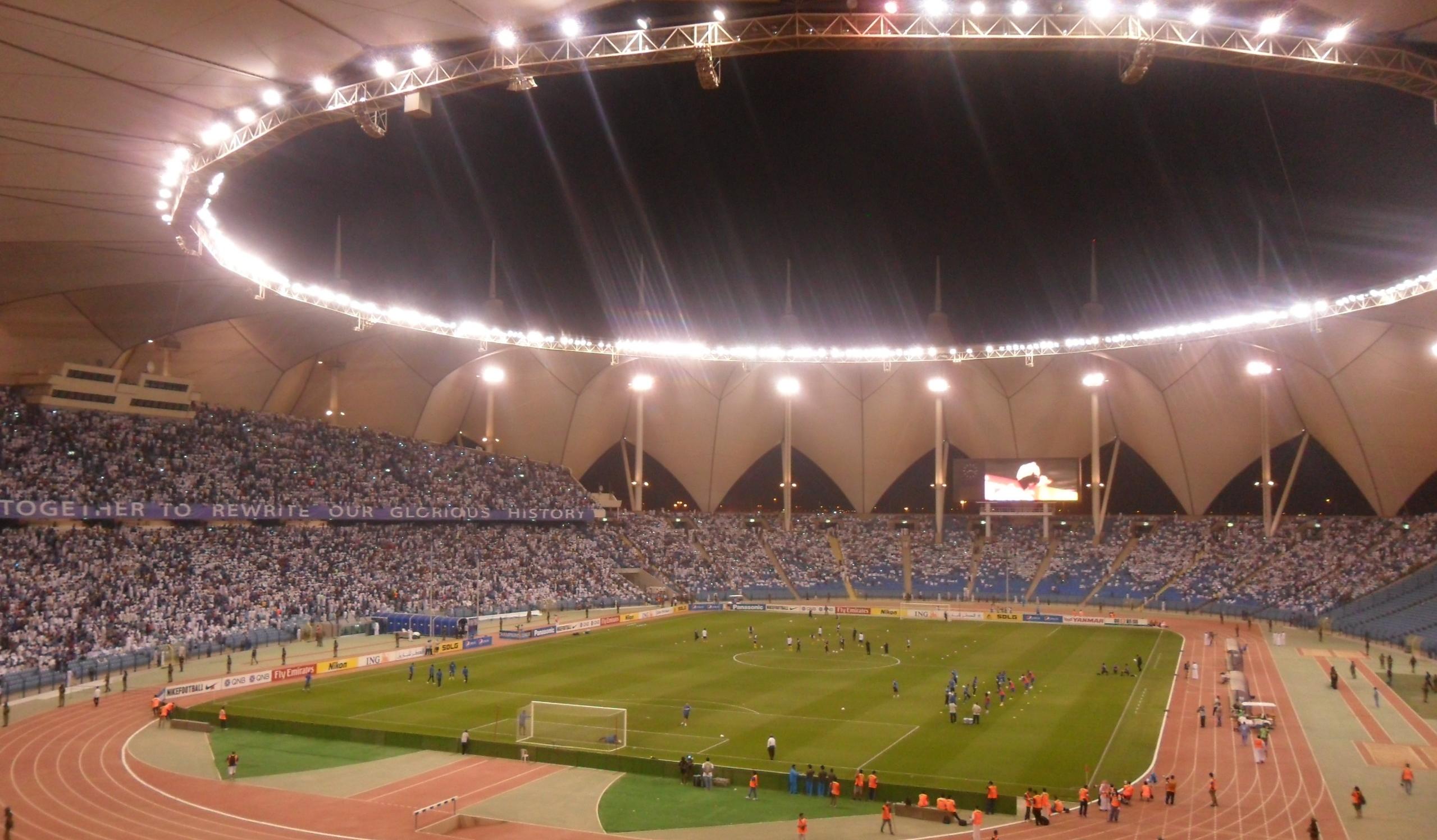
With its soaring canopy and capacity of over 60,000, King Fahd International Stadium stands as a symbol of Saudi Arabia’s modernization and growing presence in global sports. However, the land beneath it once held far different traffic—ancient camel caravans navigating one of the most important trade networks of the ancient world: the Arabian Incense Route. This route, dating back at least 2,000 years, connected southern Arabia’s incense-producing regions with trading centers in the Levant and Mediterranean. The area around modern Riyadh served as a critical junction where traders paused for rest, resupply, and barter. Geological and historical surveys conducted during stadium planning revealed evidence of packed dirt paths consistent with old trade routes and remnants of waystations used by merchants transporting frankincense, myrrh, and spices. Though not a formal archaeological dig, the findings highlighted the site’s role in Arabia’s long-standing commercial heritage. Today, King Fahd Stadium showcases international football tournaments, but beneath its foundation lies the legacy of ancient economic empires and cross-cultural exchange. Built Over: An ancient trade route of the Arabian Incense Trail.
18. Rajamangala National Stadium – Bangkok, Thailand
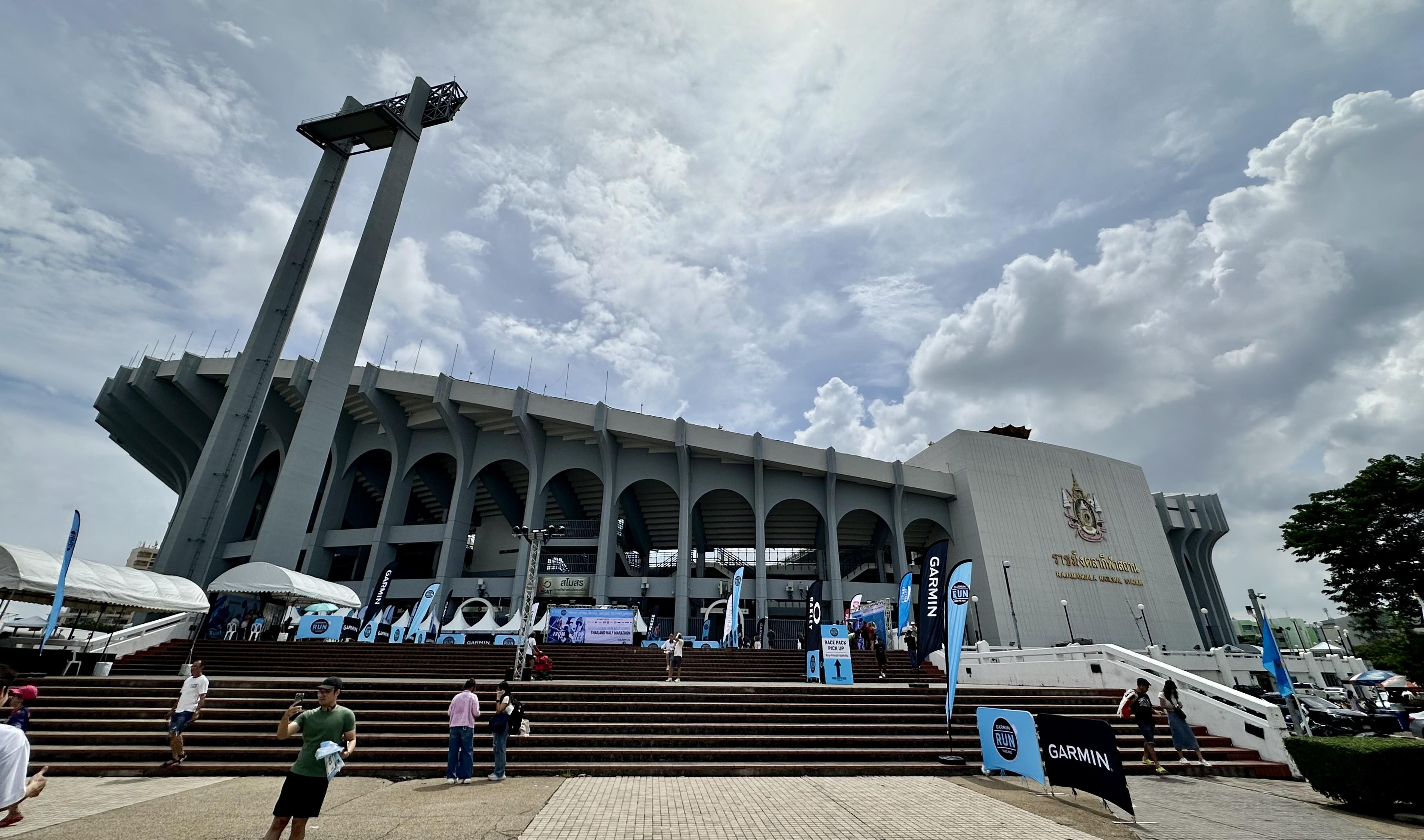
Rajamangala National Stadium, Thailand’s largest sports venue and host to major international events, sits on land that has witnessed centuries of transformation—from ancient Buddhist kingdoms to the heart of modern Bangkok. While the city as we know it didn’t emerge until the late 18th century, archaeological studies reveal that the area was once part of the Dvaravati civilization, a Mon-Buddhist culture that thrived in central Thailand from the 6th to 11th centuries. Just kilometers from the stadium, discoveries of clay tablets inscribed with Sanskrit, bronze religious statues, and fragments of ancient stupas point to the spiritual and commercial importance of the region. The site likely functioned as a trading outpost along early river routes, connecting the Gulf of Thailand to inland temples and settlements. When the stadium was being developed, nearby excavations confirmed the area’s ancient legacy, although much of it remains buried or undocumented. In this layered urban landscape, Rajamangala serves as a reminder of Thailand’s deeply rooted heritage, where football and ancient faith intersect in unexpected ways. Built Over: Former Dvaravati-period trading settlements.
19. Stadion Maksimir – Zagreb, Croatia
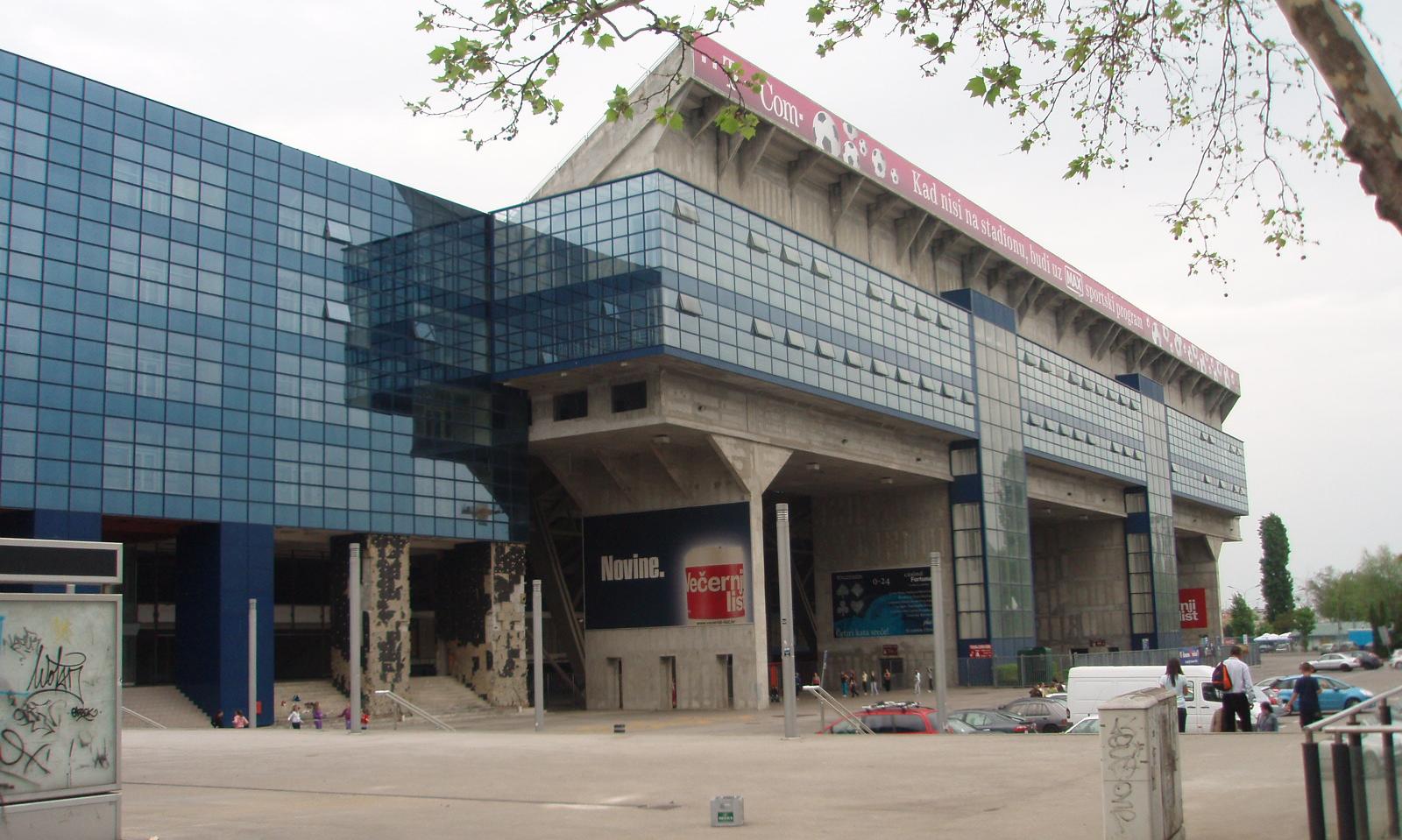
Stadion Maksimir, home to Dinamo Zagreb and one of the most historic stadiums in the Balkans, is nestled within a region that has hosted human activity for thousands of years. Located near Maksimir Park, a green space rich in natural and cultural history, the stadium is surrounded by archaeological evidence of both prehistoric and medieval settlements. Excavations in the park uncovered Neolithic artifacts—such as stone tools and primitive pottery—indicating the area was home to farming communities as far back as 6,000 years ago. During further research, archaeologists found Roman-era coins and remains of a road believed to have connected to the ancient city of Andautonia, a Roman town near present-day Zagreb. By the 14th century, the area became a site for local gatherings, with fairs, community feasts, and even early forms of sport taking place there. Maksimir Stadium continues this legacy as a modern public gathering place, unknowingly echoing the communal spirit that has always defined the land beneath it. Built Over: A prehistoric settlement and medieval gathering space.
20. Estadio Centenario – Montevideo, Uruguay
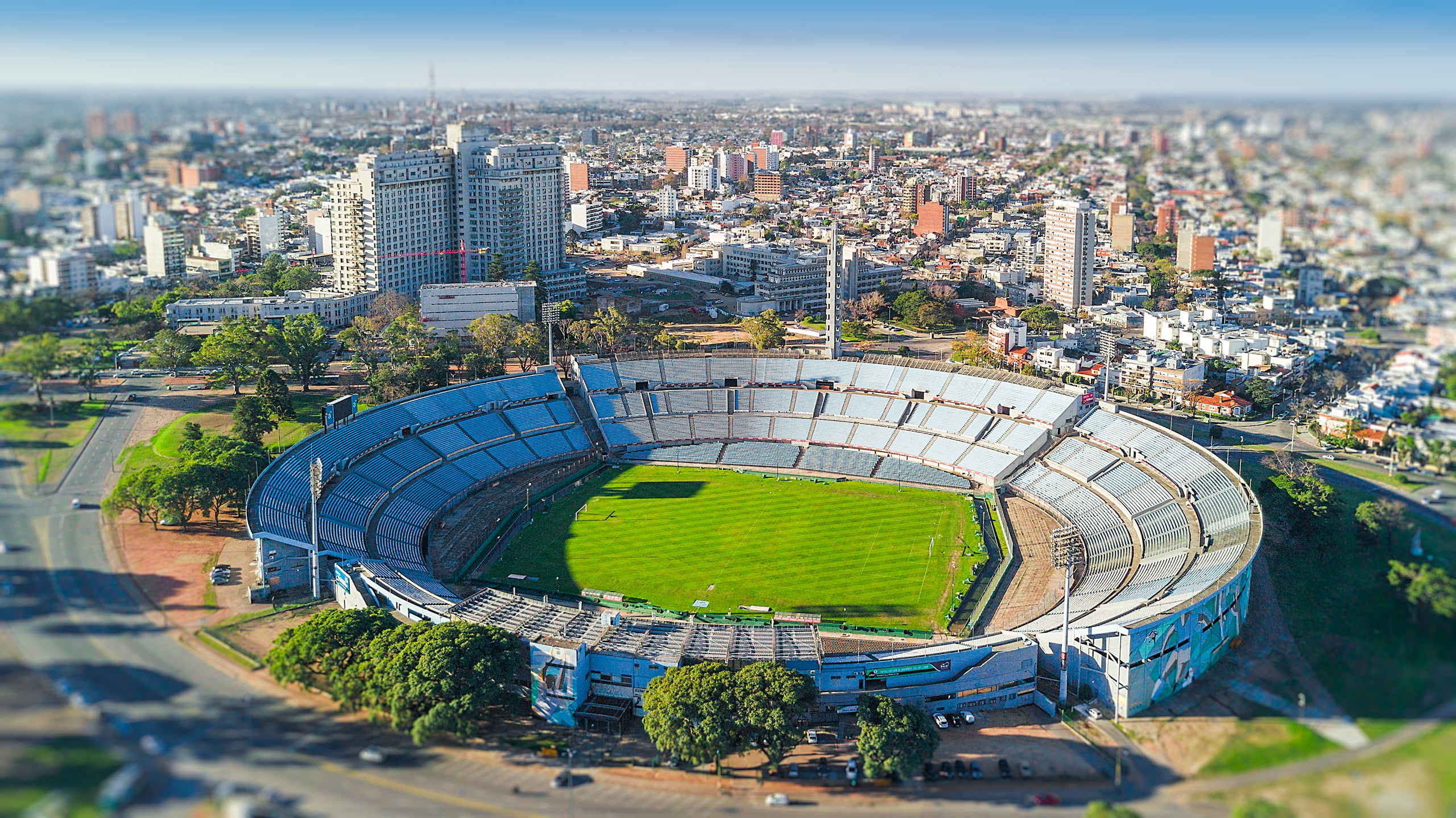
Estadio Centenario is more than just the birthplace of World Cup history—it’s a sacred place in the world of football. Built in just nine months to host the inaugural FIFA World Cup in 1930, this legendary stadium has become a national monument in Uruguay. But what’s often overlooked is the deeper, older story of the land it was built on. The stadium sits atop a hill that was once a key vantage point for pre-Columbian indigenous tribes—most notably the Charrúa people—who used the elevated ground for ceremonial gatherings, stargazing, and strategic watchpoints overlooking the Río de la Plata. The hill offered unobstructed views of the surrounding lands and waters, making it both spiritually significant and defensively practical. Archaeological finds in the surrounding area, including stone tools, arrowheads, and fragments of ceremonial pottery, suggest that this site held cultural importance long before football ever arrived. Today, crowds chant and sing in celebration of the modern game, often unaware that the cheers echo across a hill that once bore witness to ancestral rituals and ancient tribal life. Built Over: Indigenous ceremonial hilltop used by pre-Columbian tribes.
21. Beijing Workers' Stadium – Beijing, China
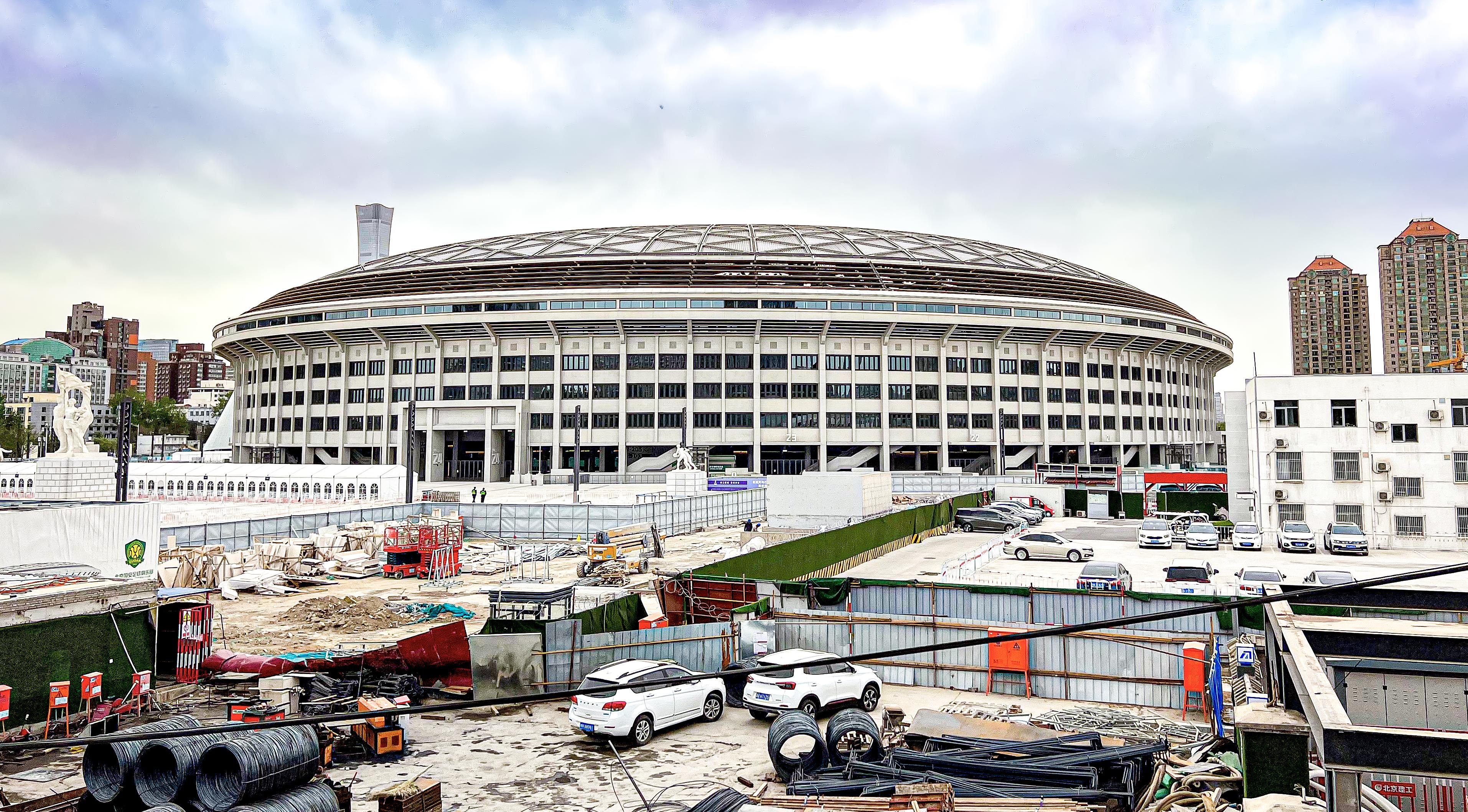
Beijing Workers' Stadium has hosted decades of sporting and political events since it first opened in 1959, standing as a testament to modern China's emergence on the global stage. But beneath its concrete and steel lies a surprising link to the Mongol Empire at its height. During recent renovations, archaeological teams discovered traces of the Yuan Dynasty (1271–1368), a period when Beijing—then called Khanbaliq—was the capital of the Mongol Empire under Kublai Khan. Excavators uncovered the remains of brick kilns, pottery workshops, and discarded shards of colorful glazed tiles, many of which were likely used to decorate nearby imperial buildings and temples. These artisan centers were part of a larger network that supplied construction materials for Beijing’s ancient palaces. The Workers' Stadium area may have once buzzed with craftsmen, artisans, and imperial laborers shaping decorative ceramics for Mongol emperors. Today’s stadium-goers sit above the remnants of an imperial artisan district, reminding us that beneath the rhythms of football lies the quiet hum of a forgotten dynasty. Built Over: Yuan Dynasty brick kilns and artisan workshops.
22. Stadionul Național – Bucharest, Romania
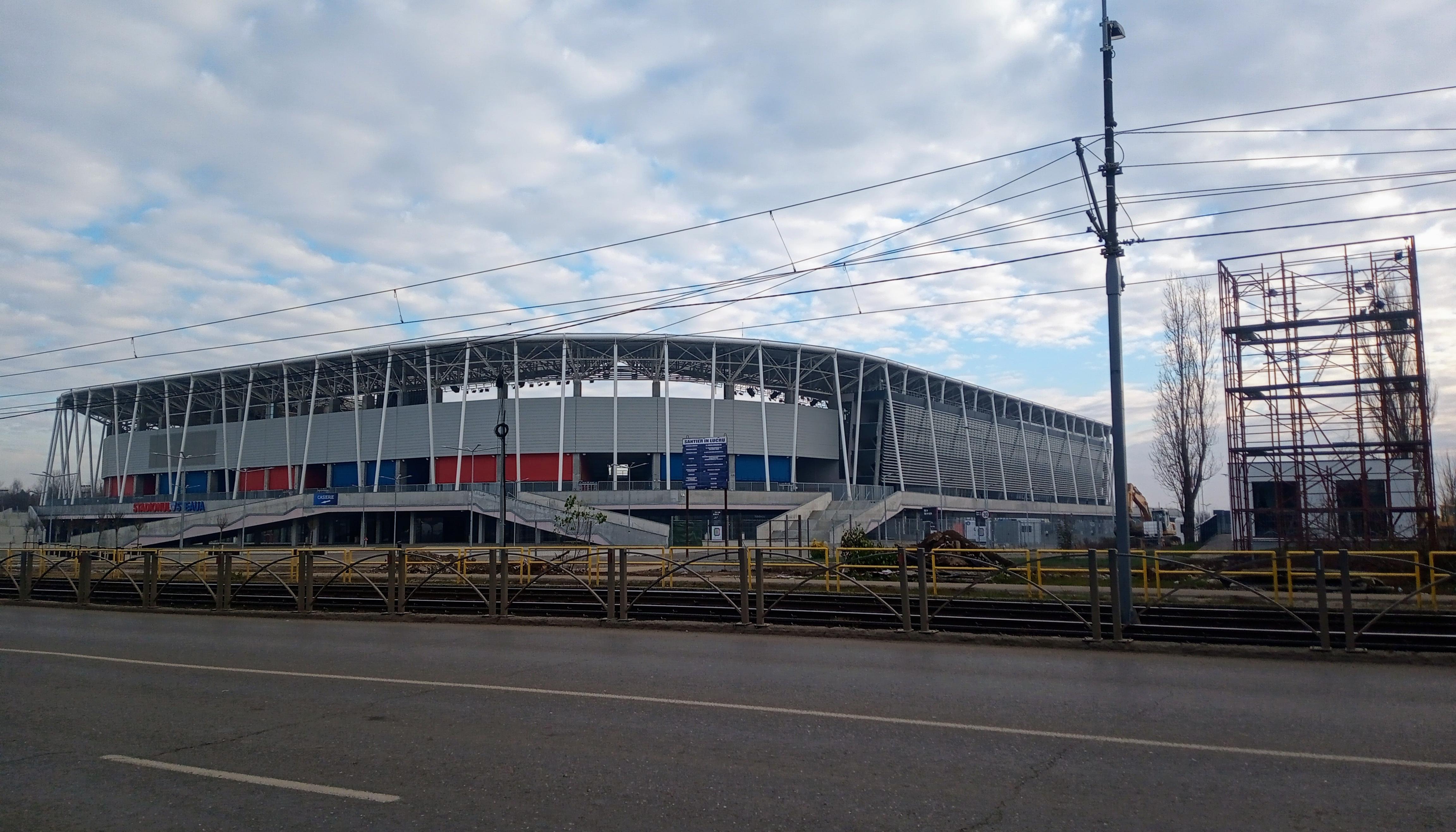
Romania’s Stadionul Național, rebuilt in 2011 to become a world-class venue for football and concerts, rests in a city whose history stretches back millennia. During its construction, workers and archaeologists uncovered relics from both the Roman Empire and the Dacians—the indigenous people of the region who once resisted Roman conquest. One of the most significant finds was the foundation of a Roman villa from the 2nd century AD, likely belonging to a wealthy landowner or military official stationed near the ancient frontier. Nearby, fragments of Dacian pottery and tools provided additional evidence of the site’s layered past. The stadium lies not far from the Dâmbovița River, which has served for centuries as a trade route and defensive boundary. This land has seen everything from tribal fortresses and Roman garrisons to medieval markets and wartime upheaval. Stadionul Național now embodies Romanian pride on the global sports stage, but its foundation is deeply entwined with the nation’s ancient heritage. Built Over: Roman villas and ancient Dacian artifacts.
23. Gelora Bung Karno Stadium – Jakarta, Indonesia
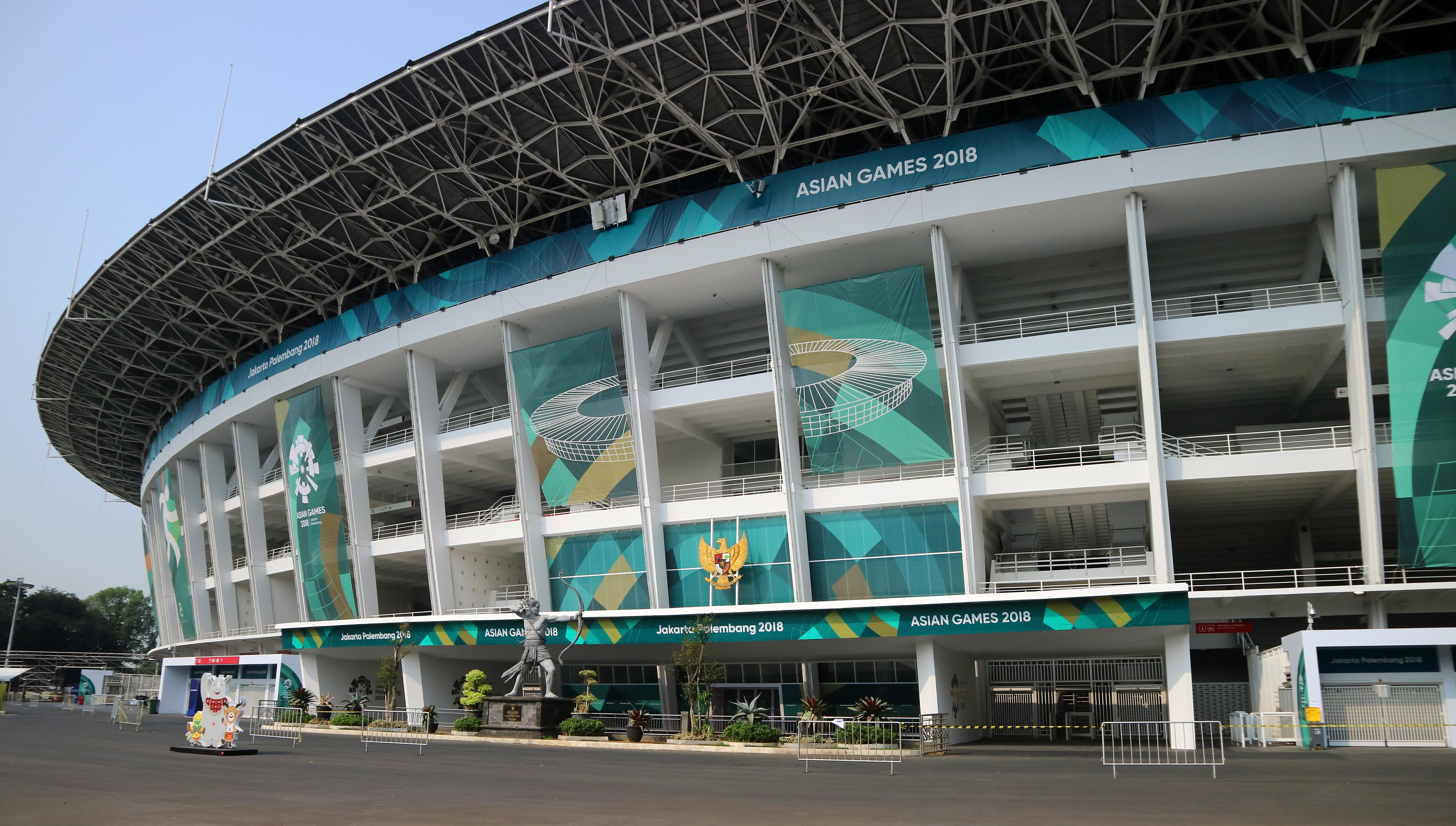
Gelora Bung Karno Stadium in Jakarta stands as a centerpiece of Indonesian sport and national unity. Built in the early 1960s under President Sukarno as a symbol of post-colonial progress, it is one of the largest stadiums in Southeast Asia. But beneath its modern significance lies a far more ancient connection to the Tarumanagara Kingdom, a Hindu-Buddhist realm that thrived between the 4th and 7th centuries. Though the exact footprint of the kingdom’s capital remains debated, numerous inscriptions, temple ruins, and stone carvings dedicated to Hindu deities like Vishnu and Shiva have been unearthed in nearby districts of Jakarta. Some historians believe the stadium area itself may have once held religious or ceremonial structures, based on old maps and oral traditions passed down through generations. Though formal excavation on the stadium grounds has yet to be conducted, the site’s proximity to these ancient finds suggests a deep historical resonance. Today, as fans celebrate athletic achievements under bright stadium lights, the land quietly holds the memory of forgotten temples and kingdoms that once ruled the region.Built Over: Land linked to the ancient Tarumanagara Kingdom.
24. Franklin Field – Philadelphia, USA
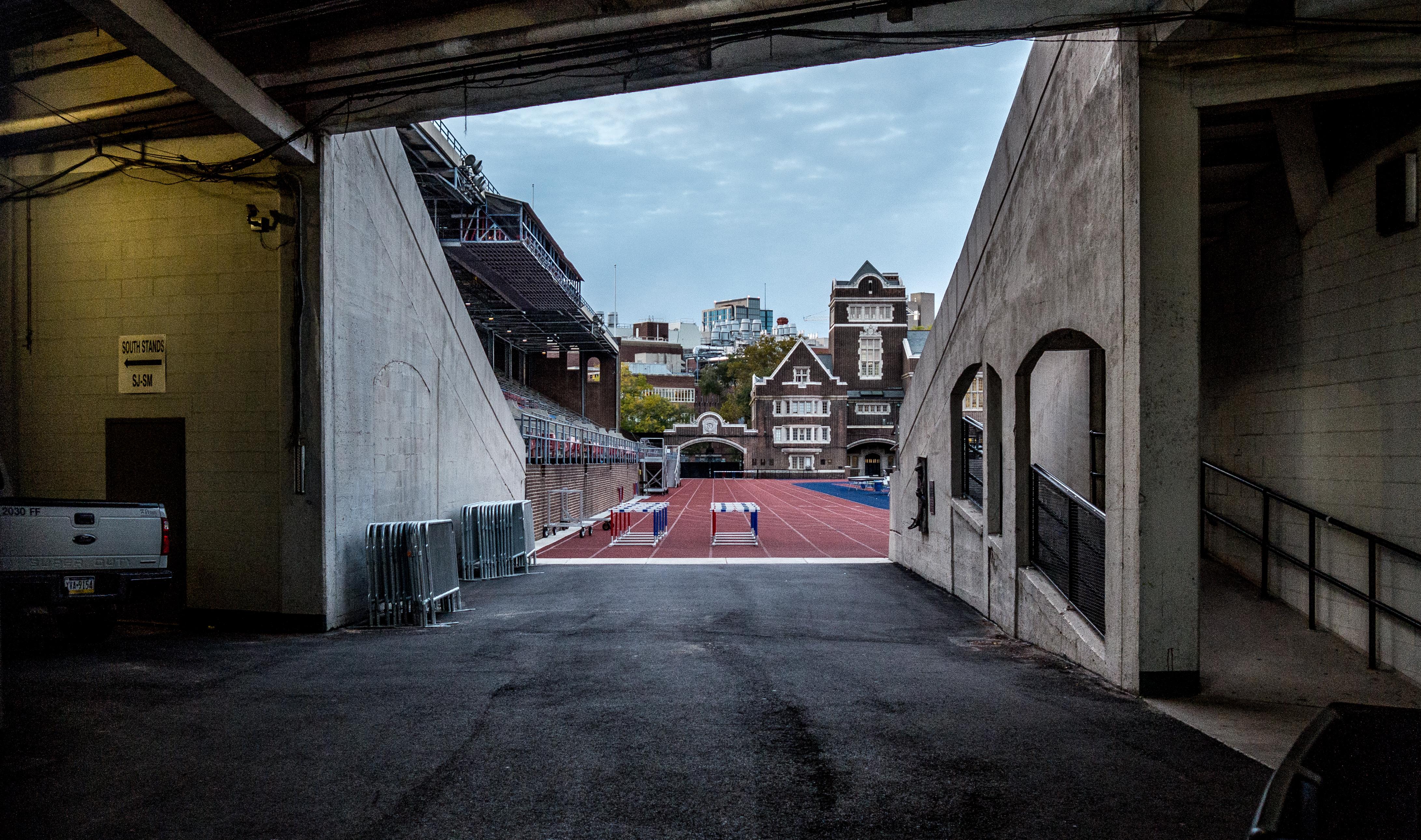
Franklin Field, located on the University of Pennsylvania campus, is the oldest operating stadium in the United States and a beloved landmark for college football fans. Opened in 1895, it has hosted everything from Ivy League rivalries and Army-Navy games to NFL championships and even speeches by presidents. But few realize that long before bleachers and bandstands took over, this area was part of the ancestral lands of the Lenape (Delaware) people. For centuries, the Lenape used the region near the Schuylkill River for seasonal fishing, ceremonial gatherings, and trade. Though much of their presence has been erased by urban development, records from early European settlers describe Lenape camps and meeting grounds near where Franklin Field now stands. While no structures remain visible today, the cultural memory of this land persists, with local tribes and historians acknowledging its significance. In a city steeped in colonial and revolutionary lore, Franklin Field also serves as a quiet reminder of the Indigenous communities who lived, celebrated, and honored this land long before the first touchdown was ever scored. Built Over: Indigenous Lenape ceremonial grounds.
The Unseen History Beneath Stadiums
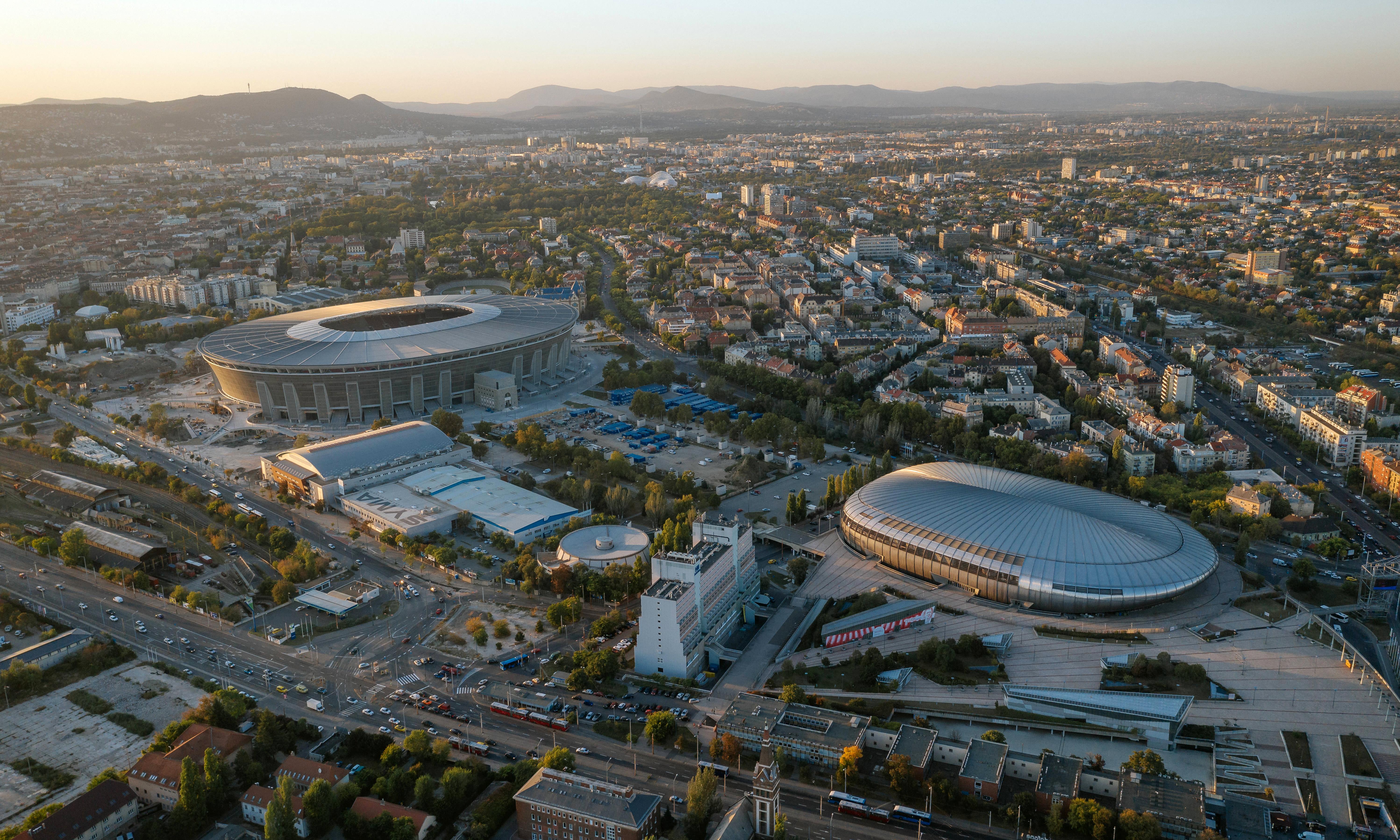
Stadiums are more than structures of concrete and steel—they are living time capsules, built upon the stories of civilizations that came before. From ancient Native American cities to medieval villages, from wartime bunkers to sacred burial grounds, these modern arenas stand atop forgotten worlds, reminding us that history is never truly erased—it simply waits beneath the surface. Each match, concert, or event held in these stadiums takes place on land that has witnessed generations of change, struggle, and triumph. Whether it’s the ghostly presence of Anfield’s buried past, the mystery of lost Aztec ball courts beneath Estadio Azteca, or the remnants of a Prussian military base beneath Berlin’s Olympiastadion, every stadium has a hidden story to tell. So, next time you find yourself in a stadium, soaking in the roar of the crowd, take a moment to wonder—what forgotten history lies beneath your feet?








